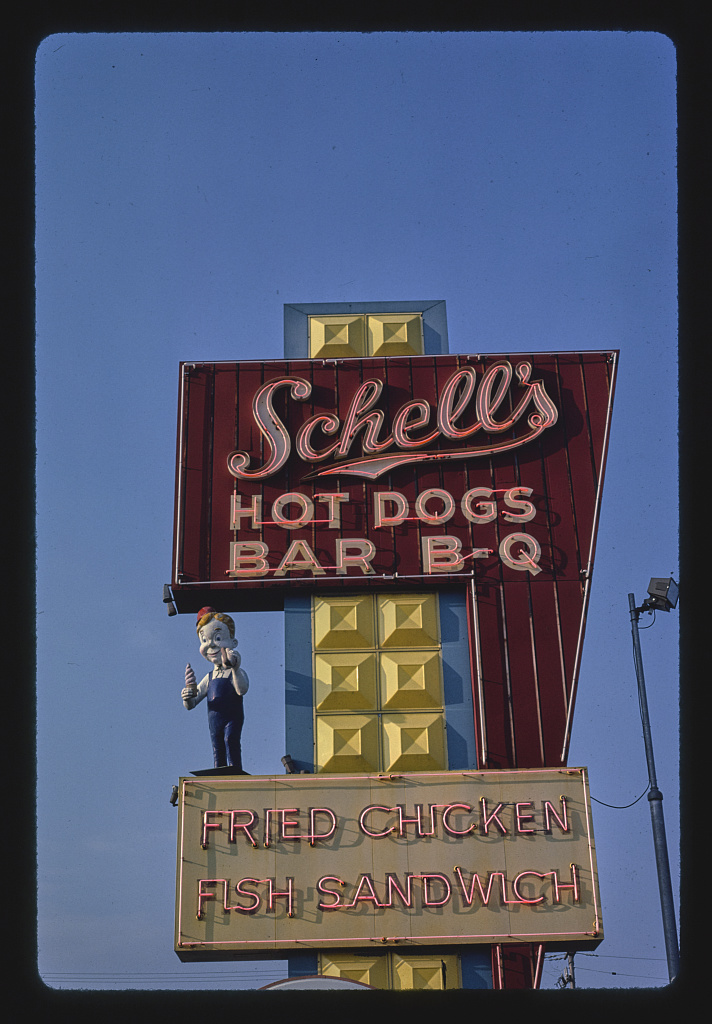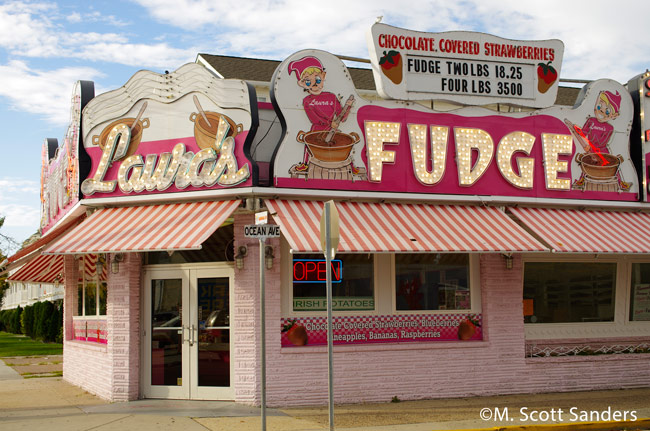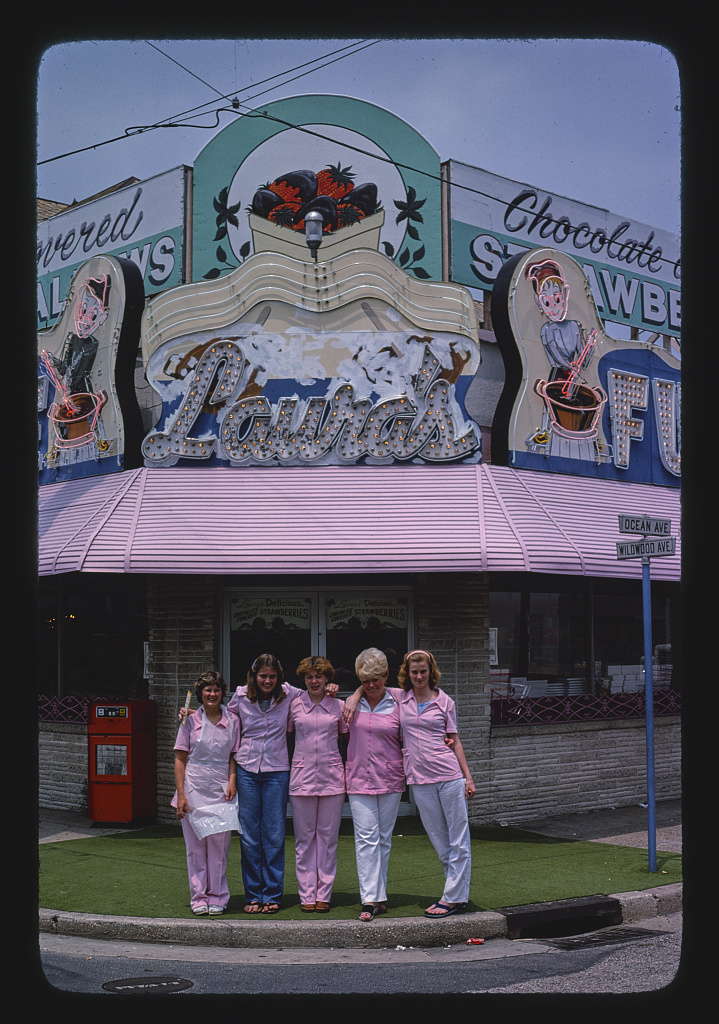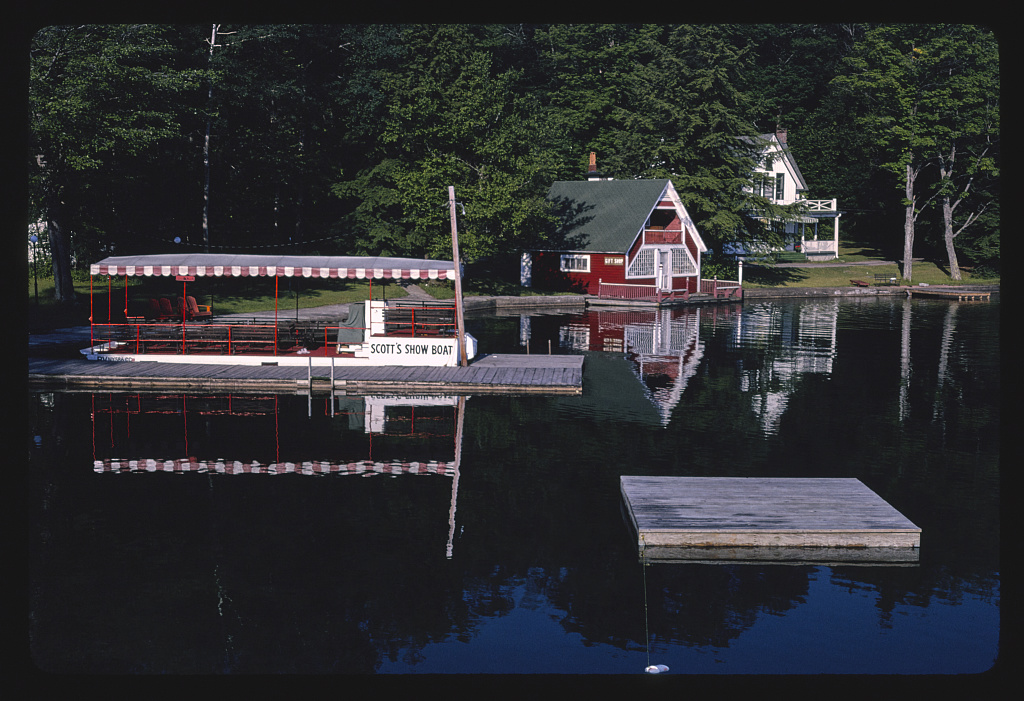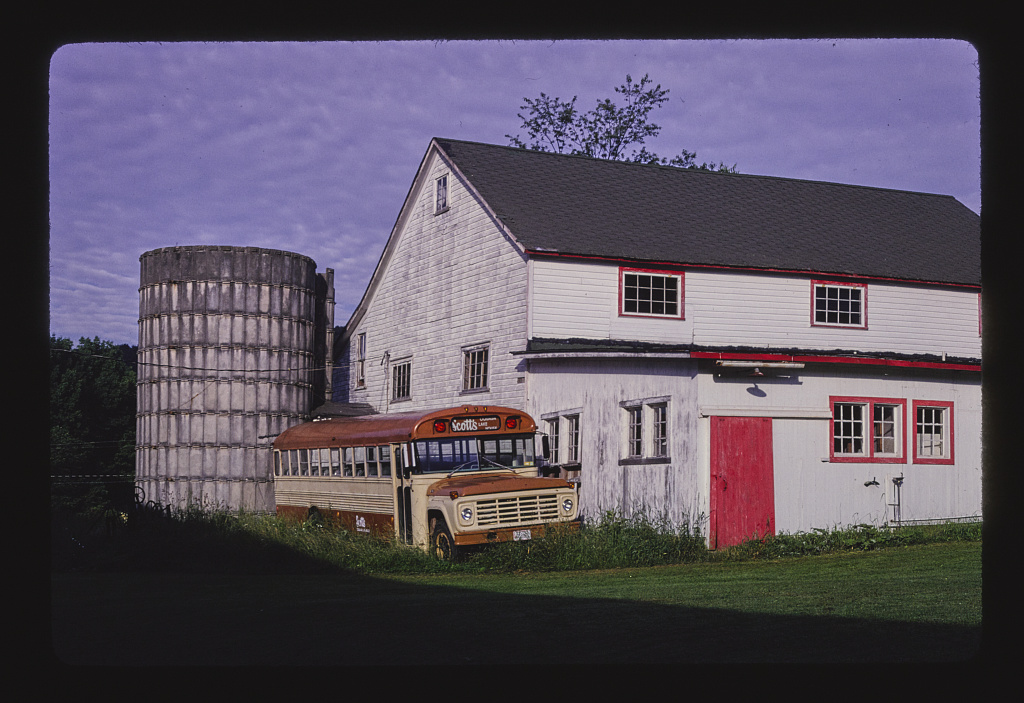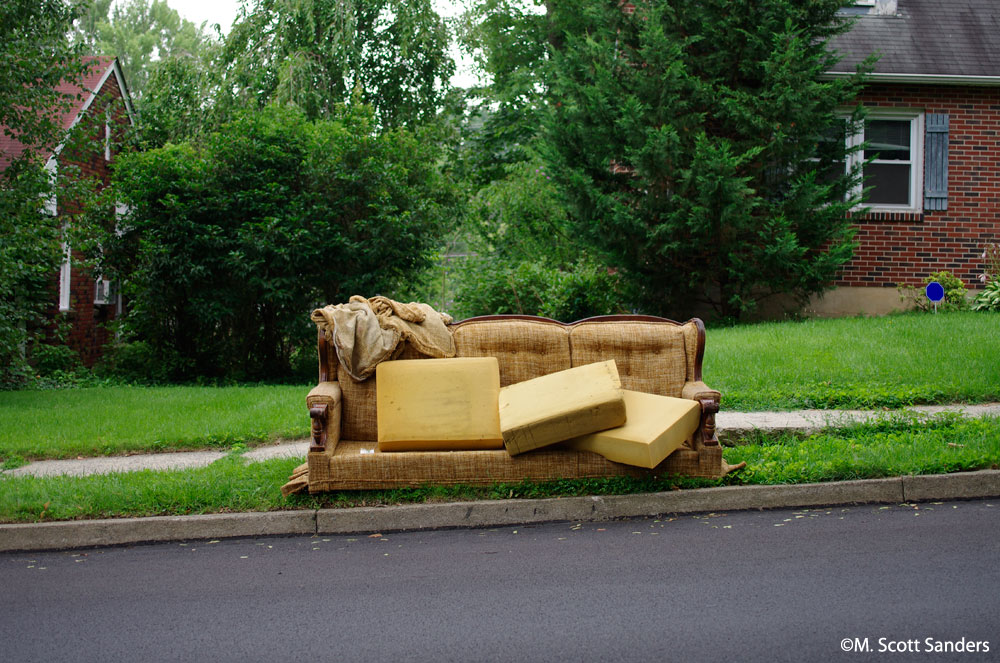During this last week I had a great conversation with someone I met on Facebook who lives in the Charlotte area but grew up, as I did, in Binghamton, New York. We got to reminiscing about some things that are no longer in the area, such as the signs at Walter’s Shoe Store and Elgin Rugs, and stuff every good Binghamtonian should know, such as where to get the best spiedie.
Asking yourself, what’s a spiedie? The native food of Binghamton. The nectar of the gods. That which I must eat every few months or so or I start to twitch. More here…
So in amongst the conversation was a mention of Philadelphia Sales Company. Alas, I have no pictures of this place, since it closed before I ever owned a camera, but it’s an important component of why I do what I do. While I tell you all about it, I’ll scatter in some pictures of other Binghamton landmark signs I did manage to get in time.
 Greyhound Station (restored), Binghamton, NY
Greyhound Station (restored), Binghamton, NY
Philadelphia Sales Company, or Philly Sales as they were more commonly known, was the Wal-Mart before there was Wal-Mart. They had everything for less and you didn’t question its origins. Four floors of random stuff from ball gloves to fabrics. The building it was housed in was not in the best neighborhood, and when you entered from the parking lot, you were greeted by the view of the back side of some ancient tenements which had somehow managed to stay upright despite seventy or more brutal winters.
The original entrance was essentially through a narrow shed at the front and right of the building. During the winter this became a dirty, sloshy, claustrophobic mess, but once inside, you were rewarded with the smell of popcorn. Philly Sales had an old popcorn popper and they kept it in the entrance, and if you grew up in the are in the 60s and 70s, this is a grand memory. To tell the truth, I can only recall getting the popcorn once or twice, but the aroma was overwhelming, cheering, warming on a chilly day.
 Red Oak Diner, Binghamton, NY
Red Oak Diner, Binghamton, NY
The building itself was a marvel. What it housed prior to Philly Sales is unknown to me, but it certainly never looked like it was meant to be a department store. There were steps in odd places. Some sections were cavernous, others were laughingly small. The first floor, past the popcorn machine and all the candy a child could ever want, was a section of glassware. Midway along this area of glassware was a sign telling you to “Watch Your Head.” And they meant it. At this point, the builders, tired of high ceilings, decided to lower the ceiling to child level. I’m guessing it was five and a half feet from the ground, because my mother could enter without bending, but at a certain age, I could not. It was a proud day the moment my hair touched that ceiling. A rite of passage. Some people have bar mitzvahs, I had this.
 Competition Kitchens, Binghamton, NY
Competition Kitchens, Binghamton, NY
To get upstairs, you had several options. Staircases seemed to appear out of nowhere. I swear there was one that went from the fourth floor to the third that had been a secret passageway. But each staircase had something special: an indoor neon sign with an arrow, lighting the way. “THIS WAY TO THE THIRD FLOOR.” These signs were relics even in the seventies. I’d like to think somebody has them somewhere.
There was neon sign outdoors as well, on Clinton Street, which was technically its address, although hardly anyone ever entered from that side.
 Ellis Brothers Furniture, Binghamton, NY
Ellis Brothers Furniture, Binghamton, NY
My family has a friend who worked there for a period of time. She said that there was definitely a sitcom that could have been based on that place, and that her boss could have been played by Don Knotts. The crazy tales she told only added to the place’s slapstick allure. We went frequently.
And then Wal-Mart burst forth from the South, rendering it irrelevant. At the time, we welcomed the colossus in, somehow never dreaming that this old wacky place had created such fond memories. For instance, Phily Sales had a bin of white tube socks. Fifteen feet by nine. You could jump in it if you needed to hide from danger. No one ever needed that many white tube socks, but they had them in case you did.
It’s odd to think of a place I know so well no longer exists. The whole building is gone now, and a new one in its place. It makes me sad that I don’t have a picture of it, but maybe that makes the memory stronger.
Anybody else have tales of Philly Sales? I’d love to hear them.
Addendum: Recently I found this picture from the Clinton Street entrance. I’m not sure who took it or when it was taken, but it looks like it was taken after it closed.
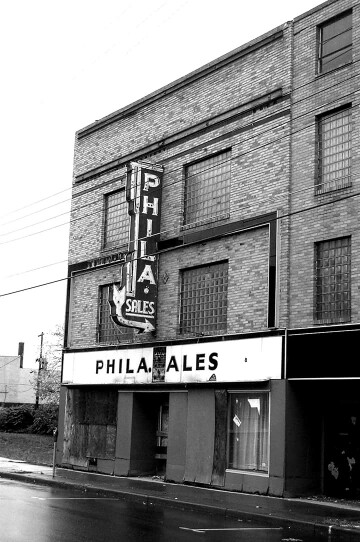

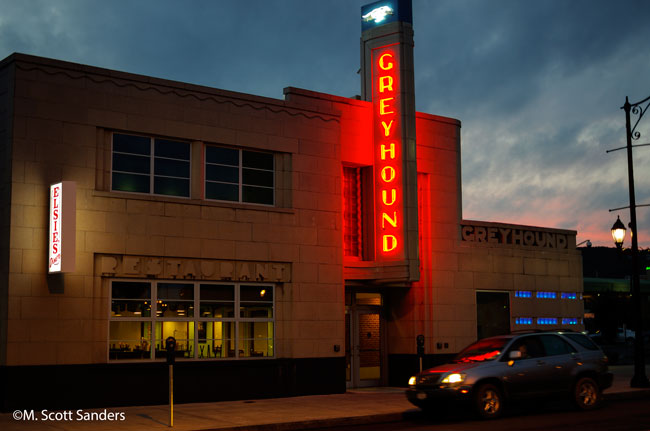
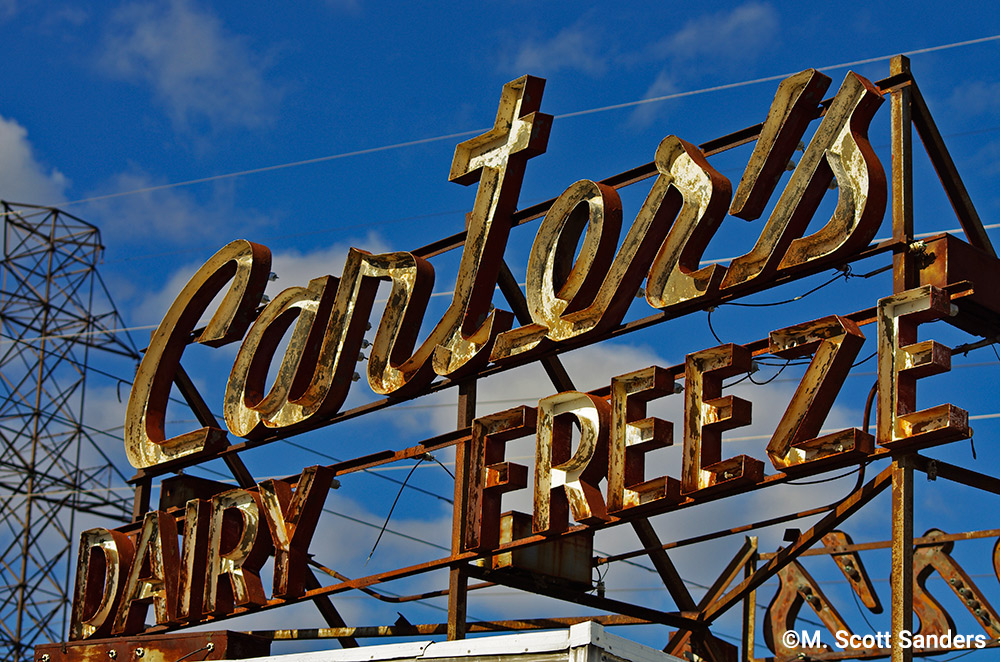
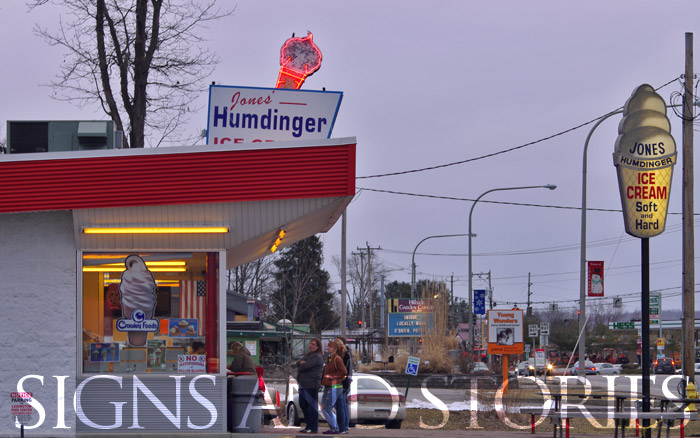
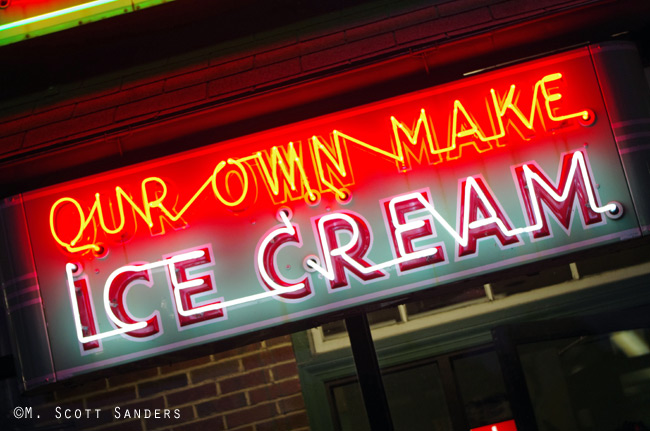
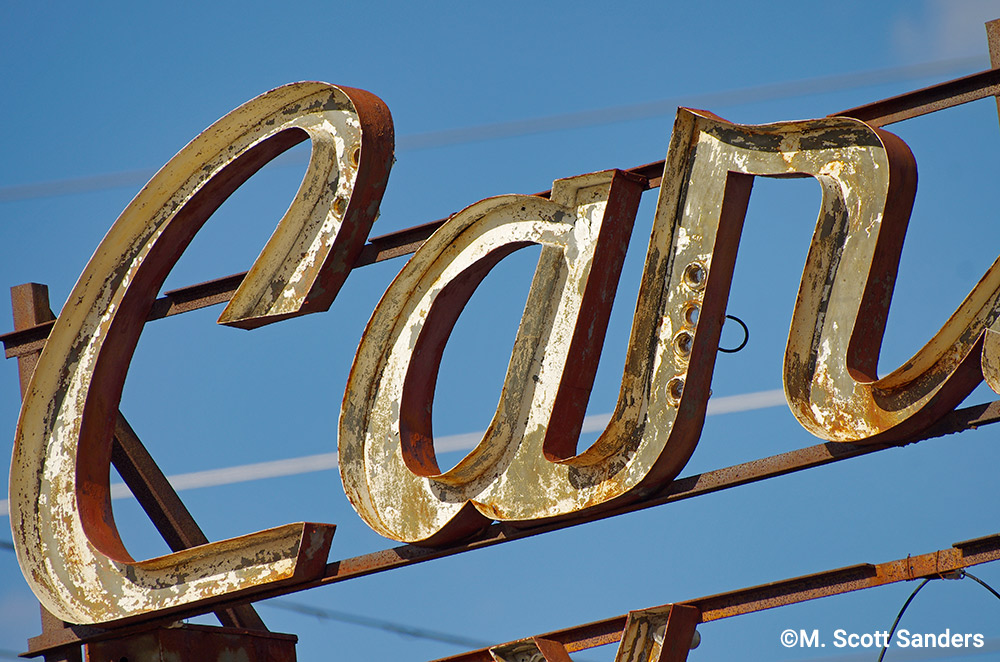
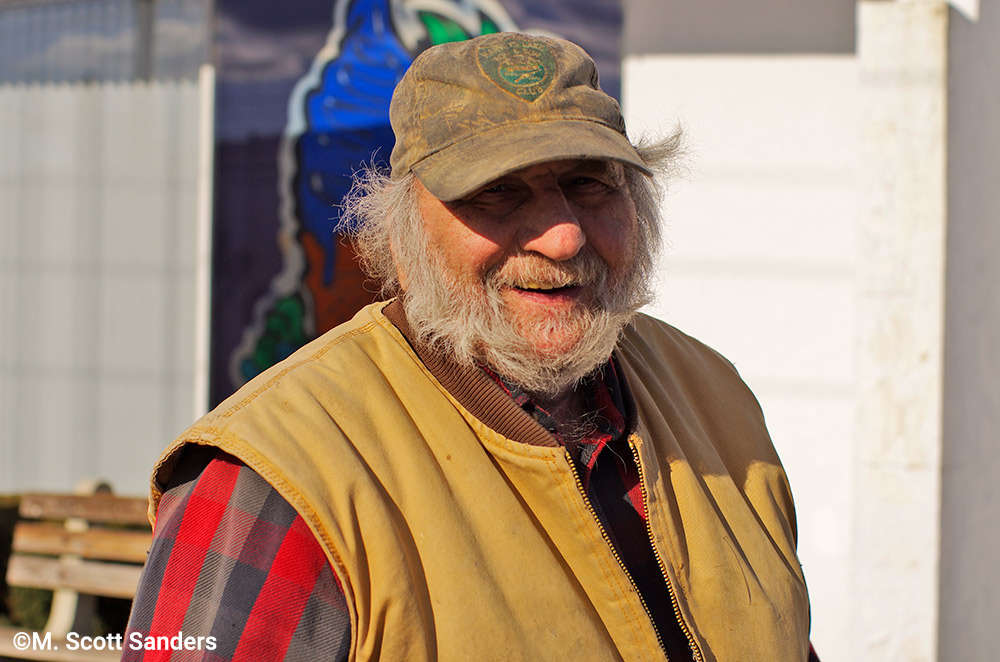
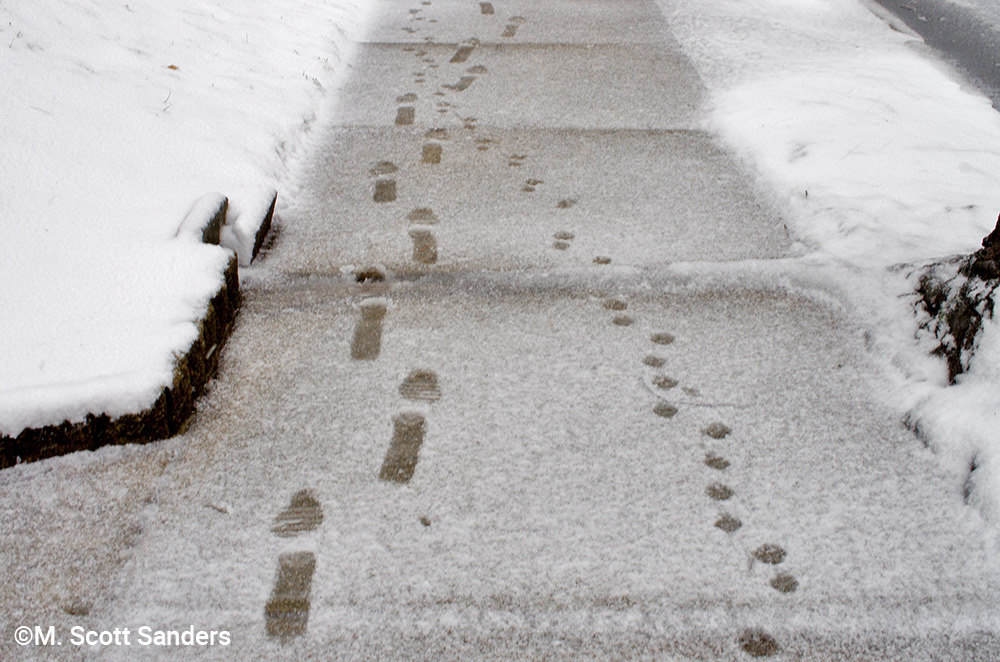




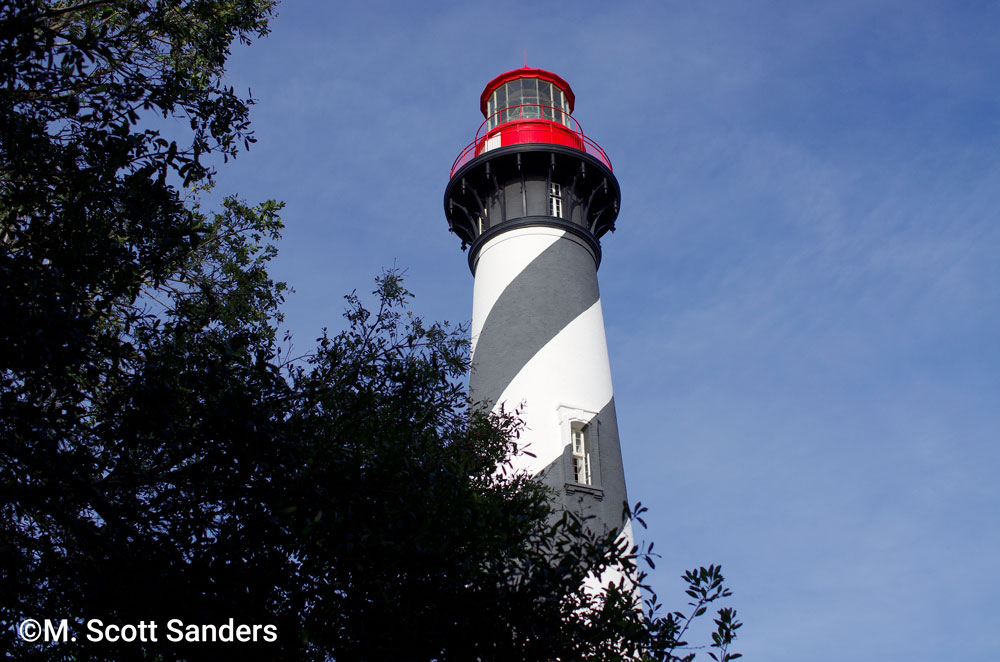
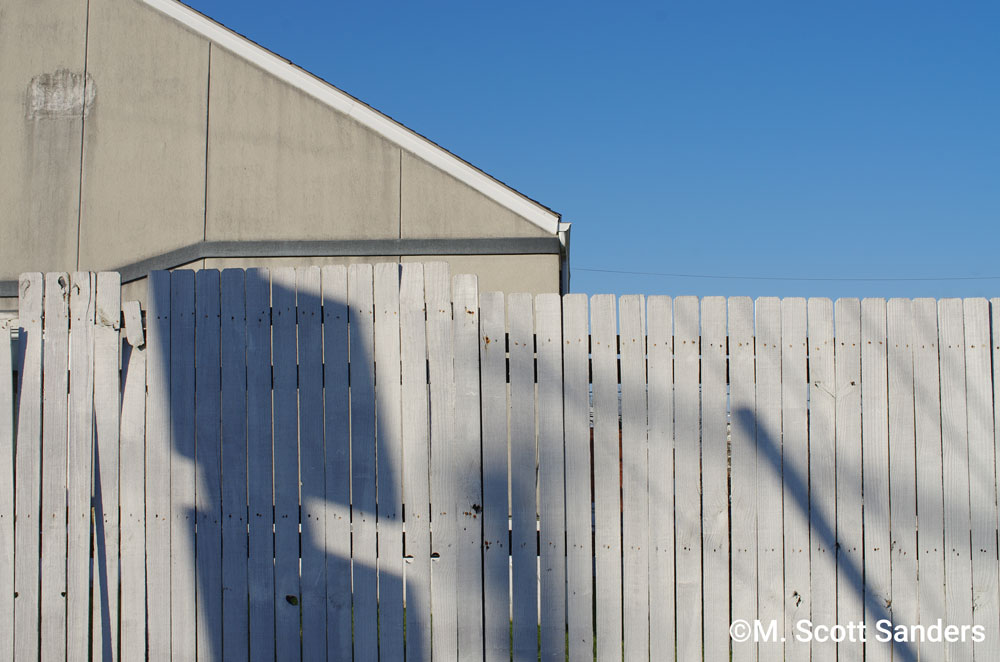 But it was a start. I drove in to the city with another shot in mind. There was an old variety store downtown with a “Teem” soda sign, a rarity even in the day when it was put up. Unfortunately, it didn’t exist anymore, and I ended up driving around. Along the way, I spotted a woman in the window of a diner, so I shrugged my shoulders, and took a shot out the passenger’s side:
But it was a start. I drove in to the city with another shot in mind. There was an old variety store downtown with a “Teem” soda sign, a rarity even in the day when it was put up. Unfortunately, it didn’t exist anymore, and I ended up driving around. Along the way, I spotted a woman in the window of a diner, so I shrugged my shoulders, and took a shot out the passenger’s side: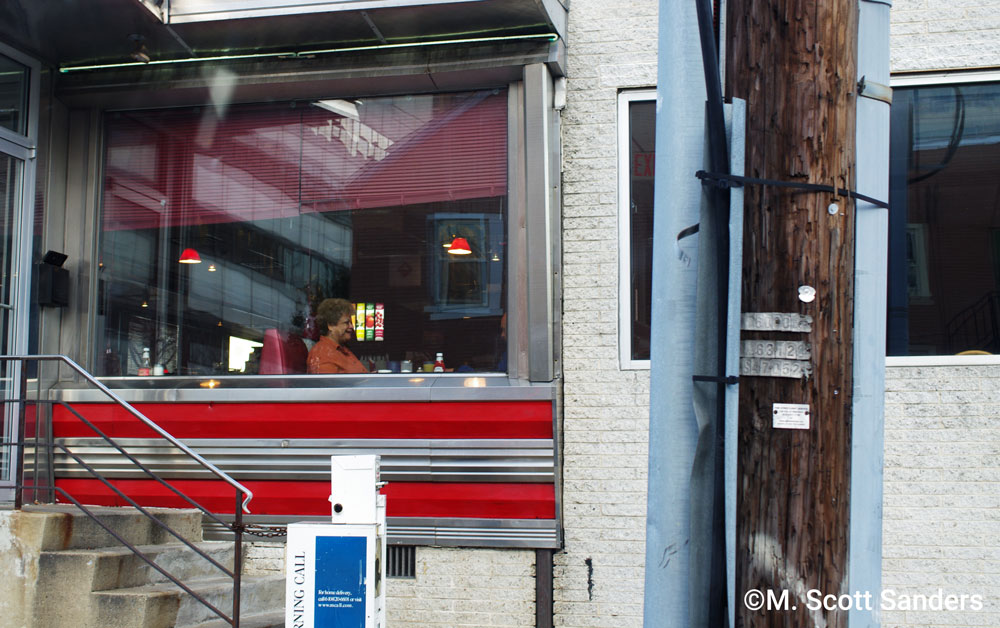 I didn’t know if what I was doing was art, but it was certainly making me feel like I was doing something. During the next few weeks, when I found a free moment, I just started driving around Allentown, taking shots at whatever I saw.
I didn’t know if what I was doing was art, but it was certainly making me feel like I was doing something. During the next few weeks, when I found a free moment, I just started driving around Allentown, taking shots at whatever I saw.
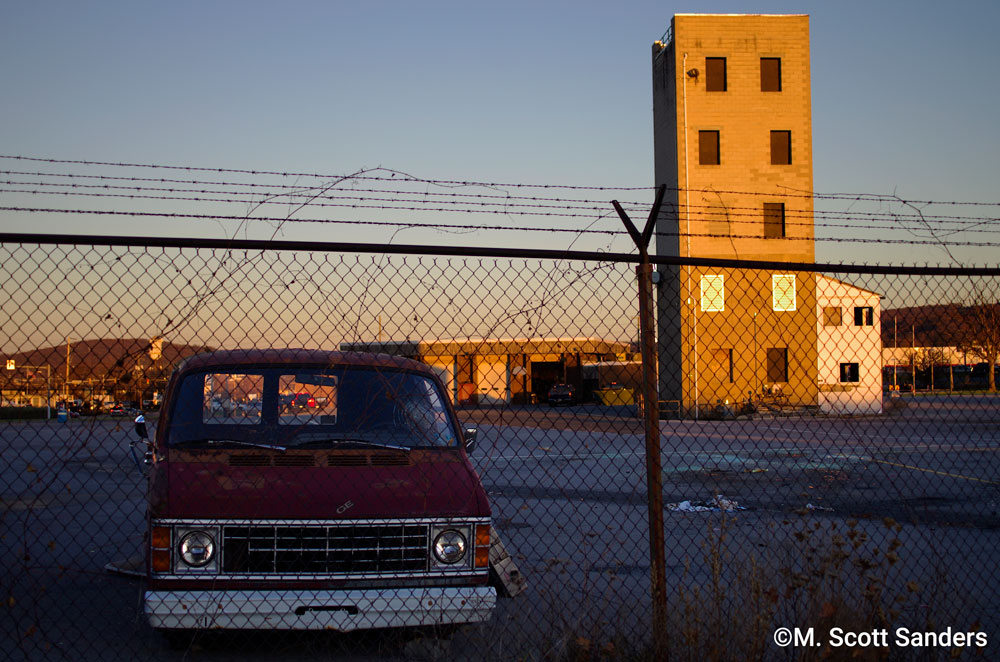
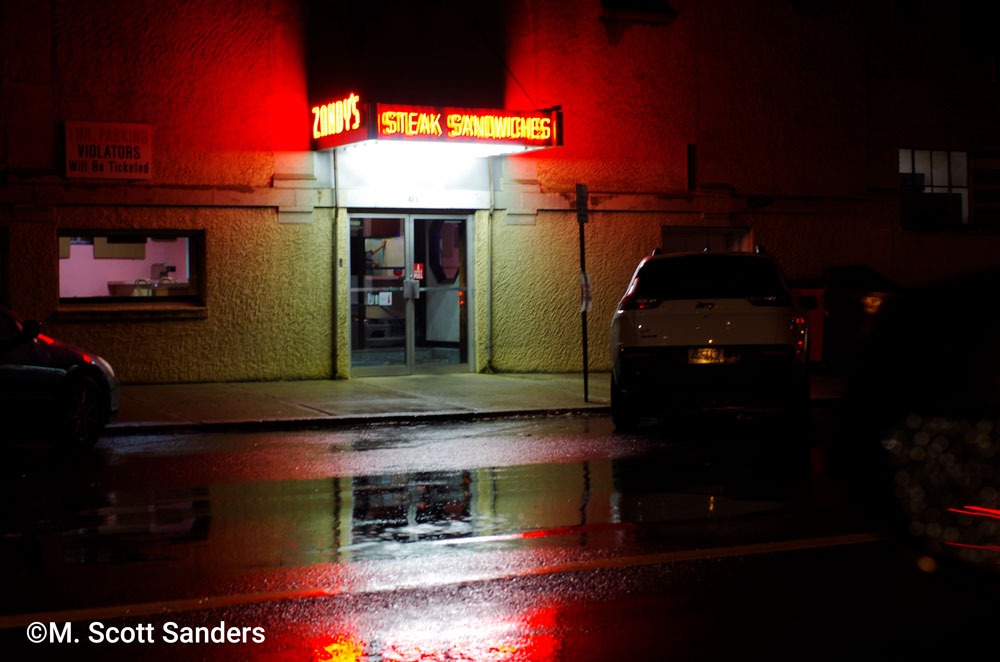
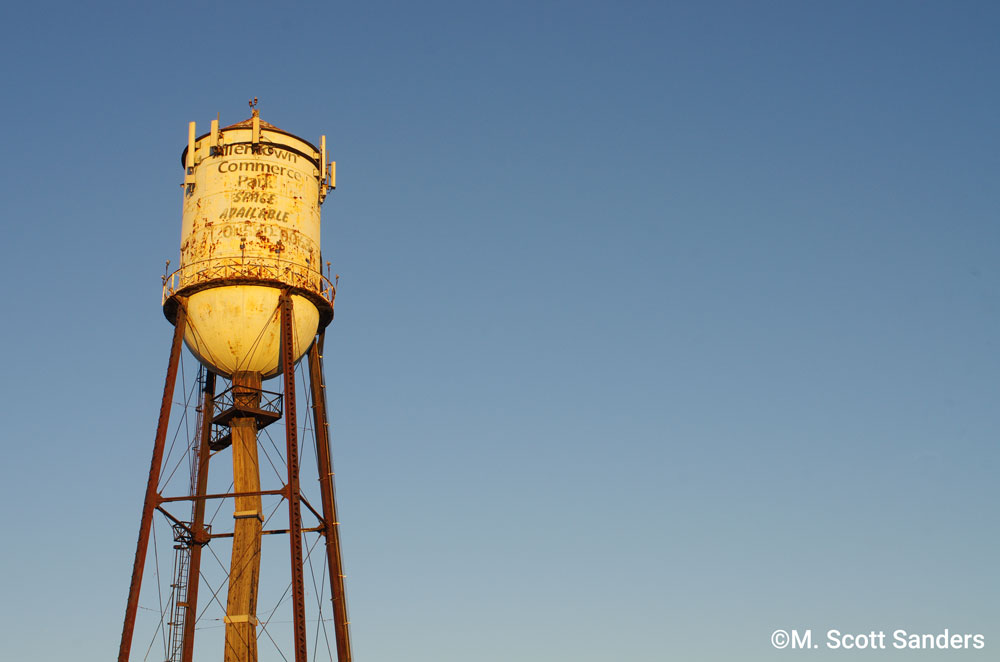
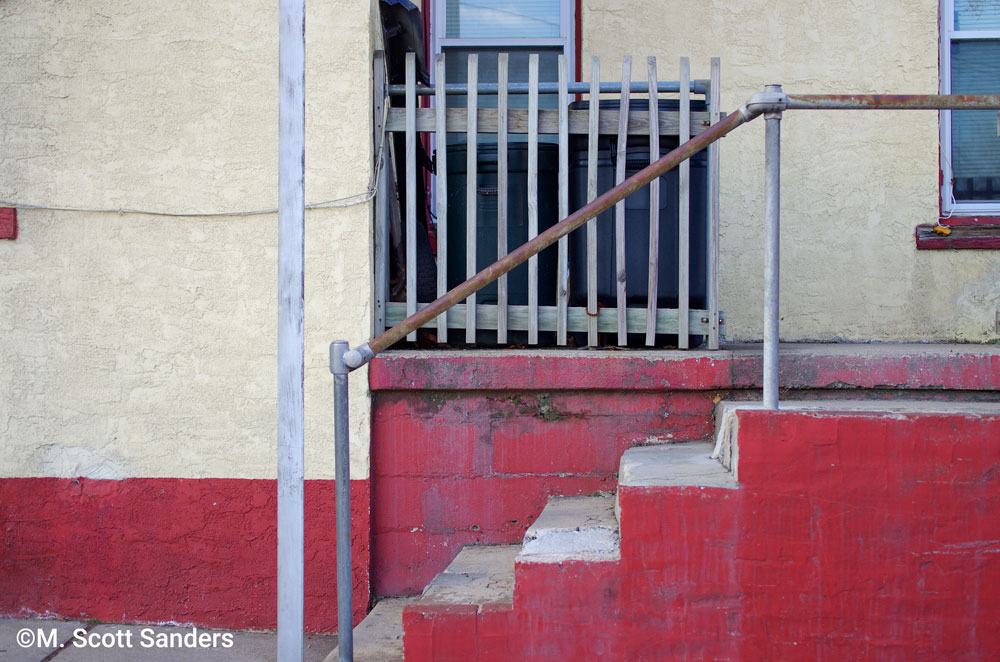
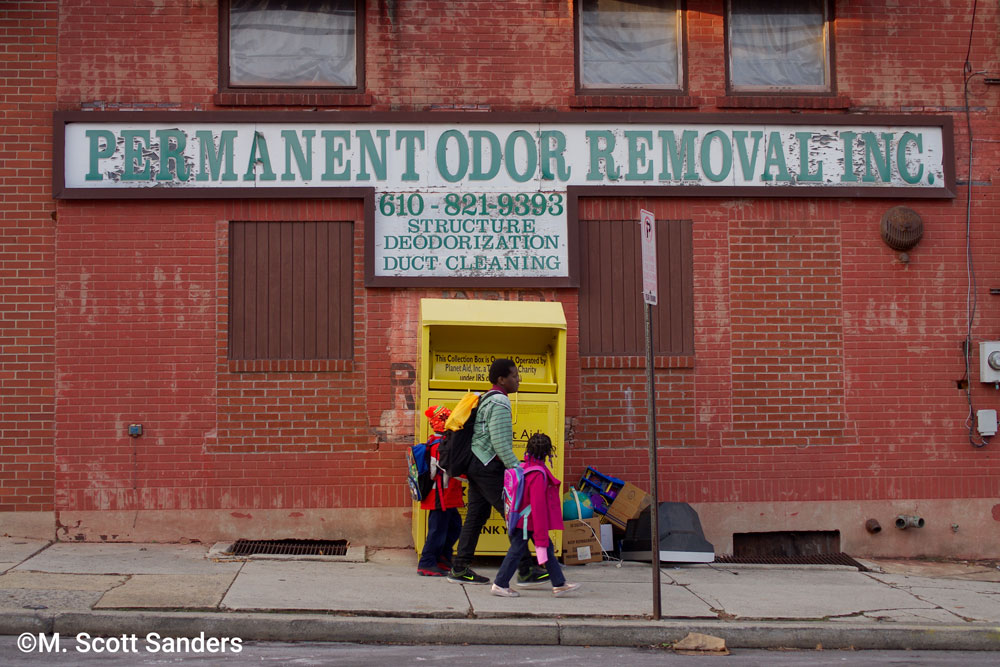
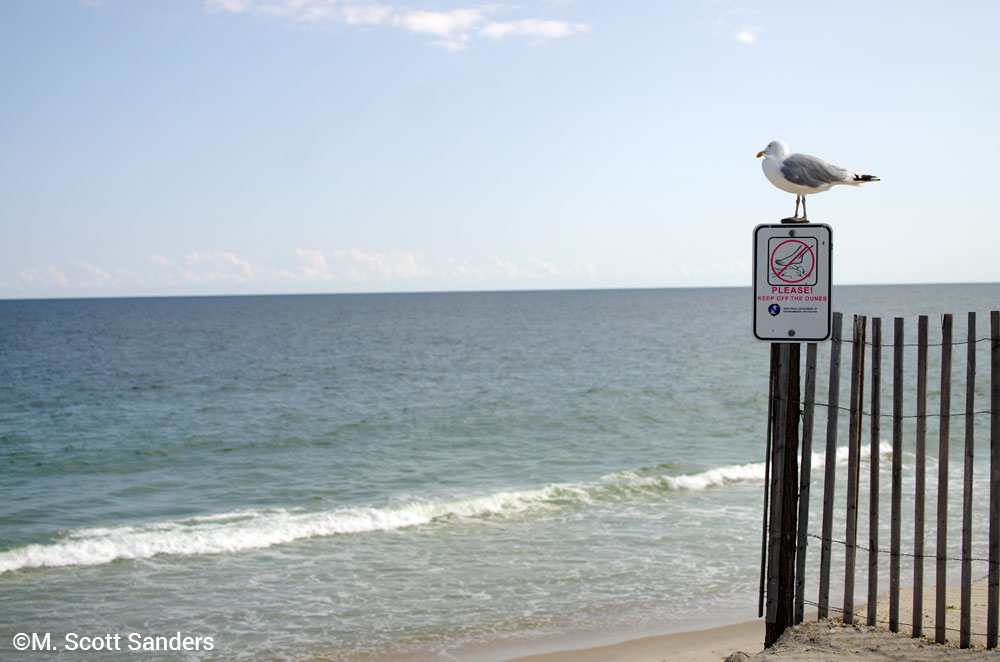
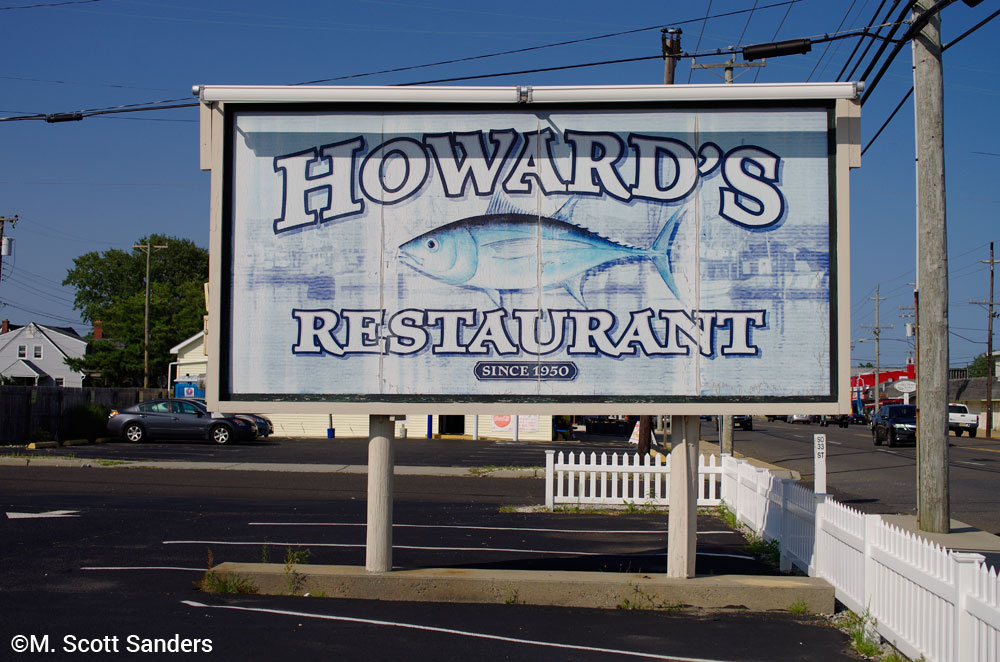
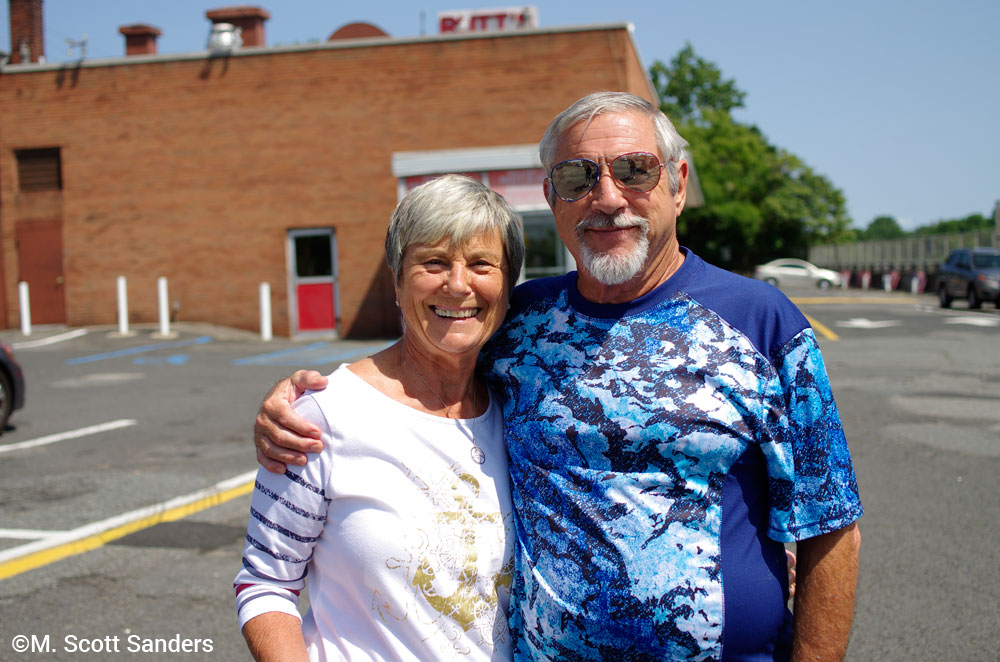
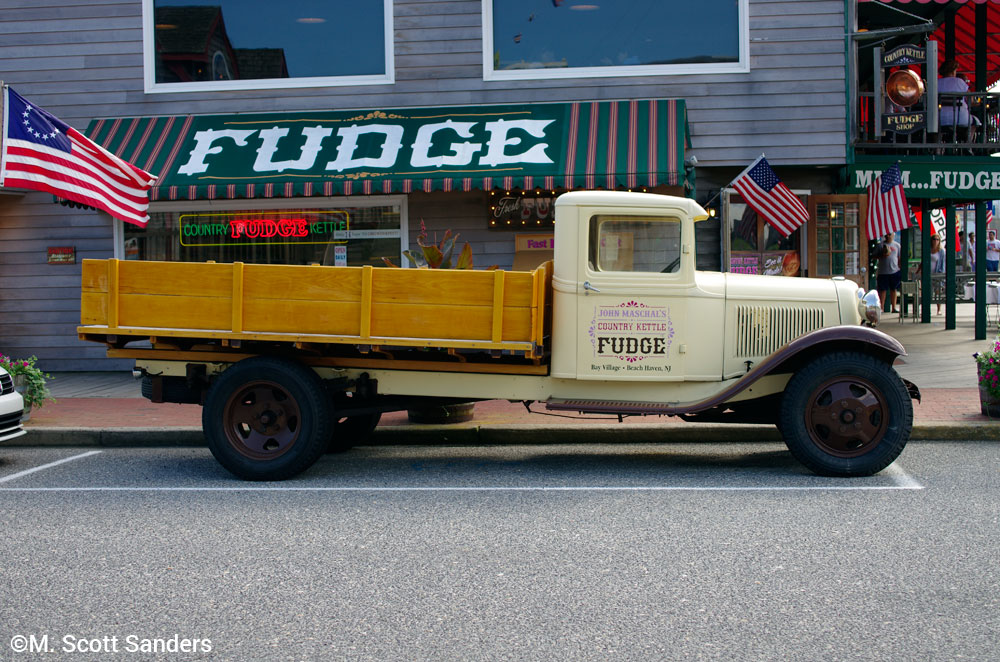
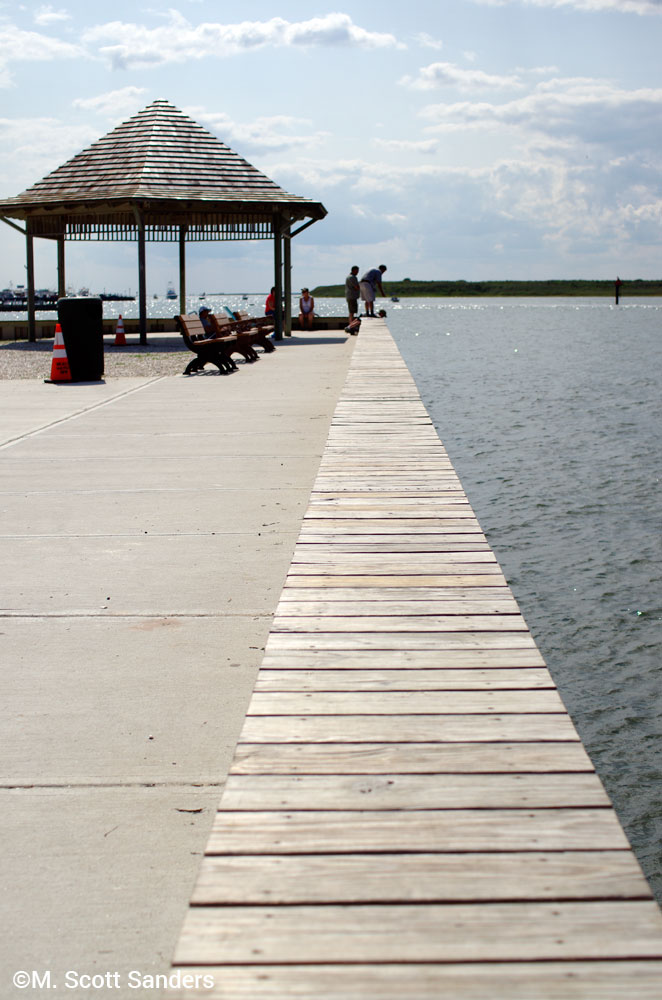

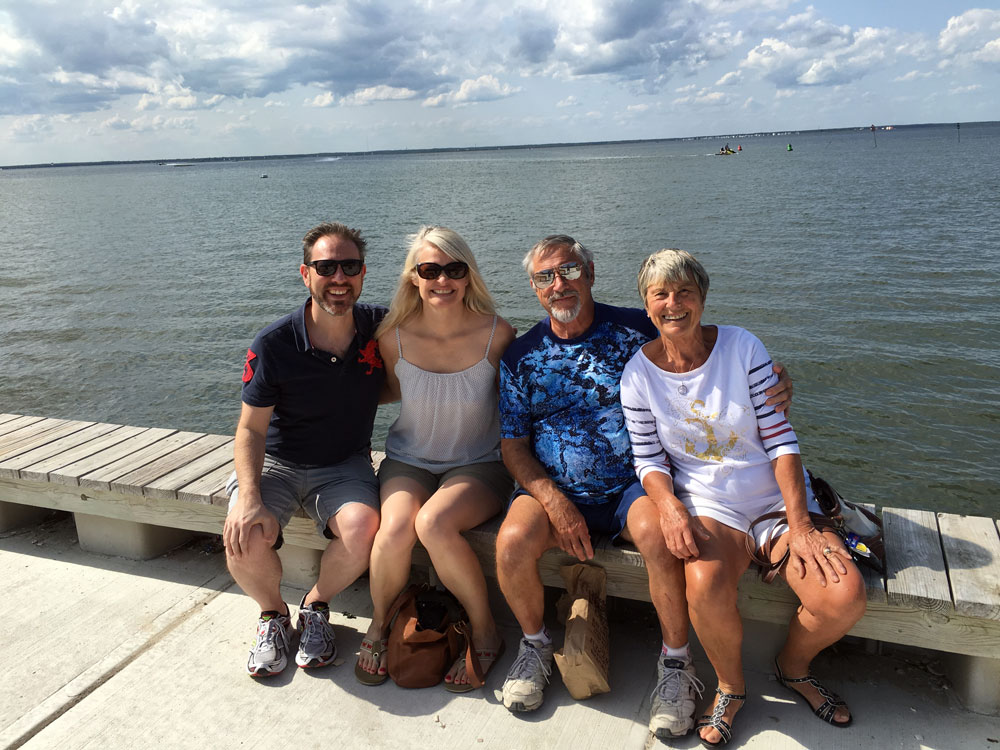
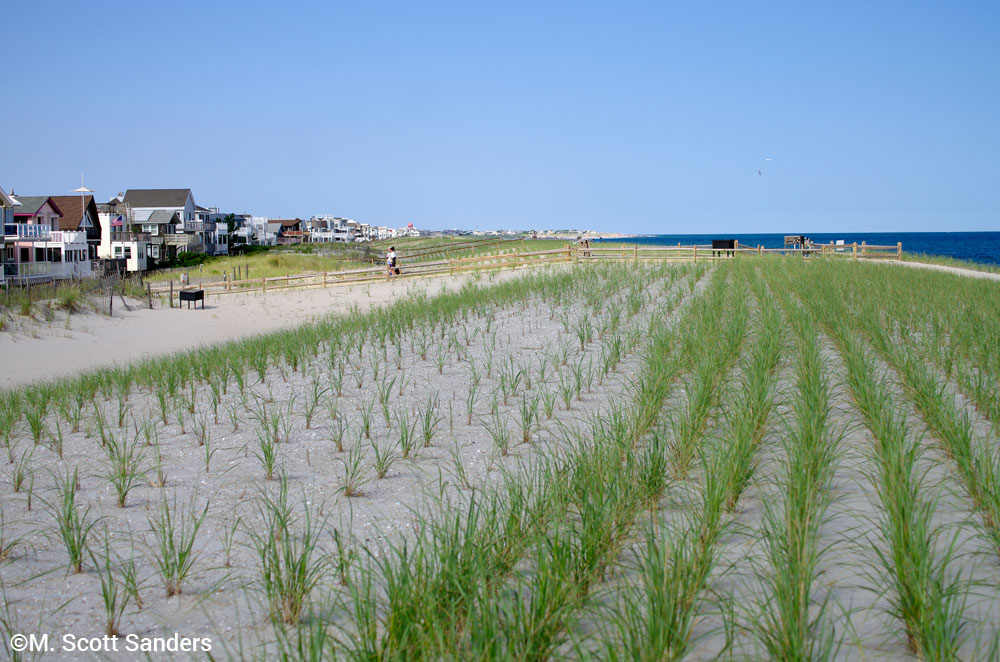
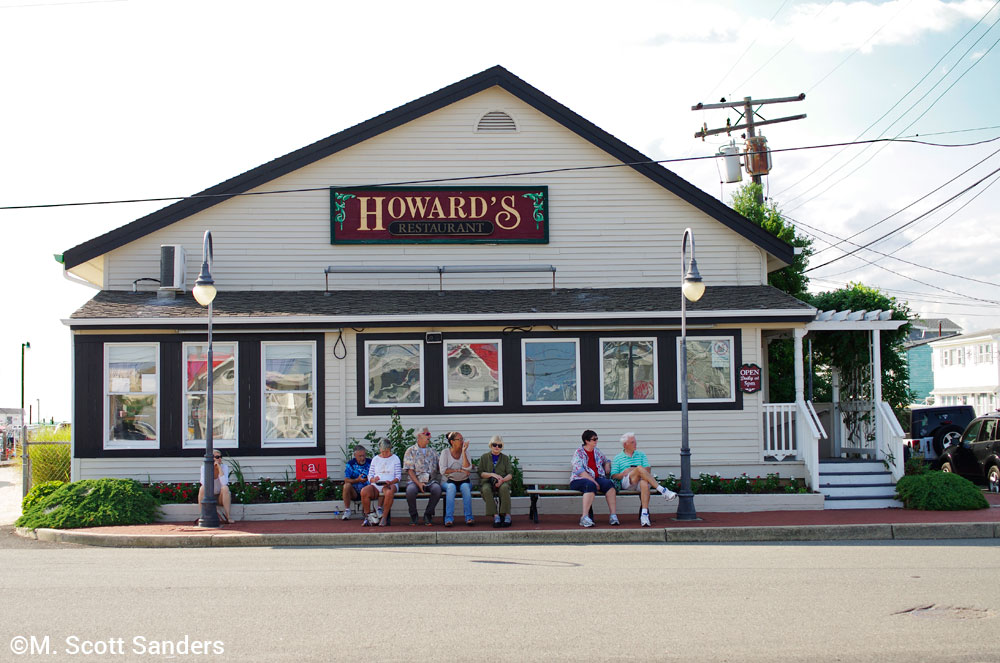

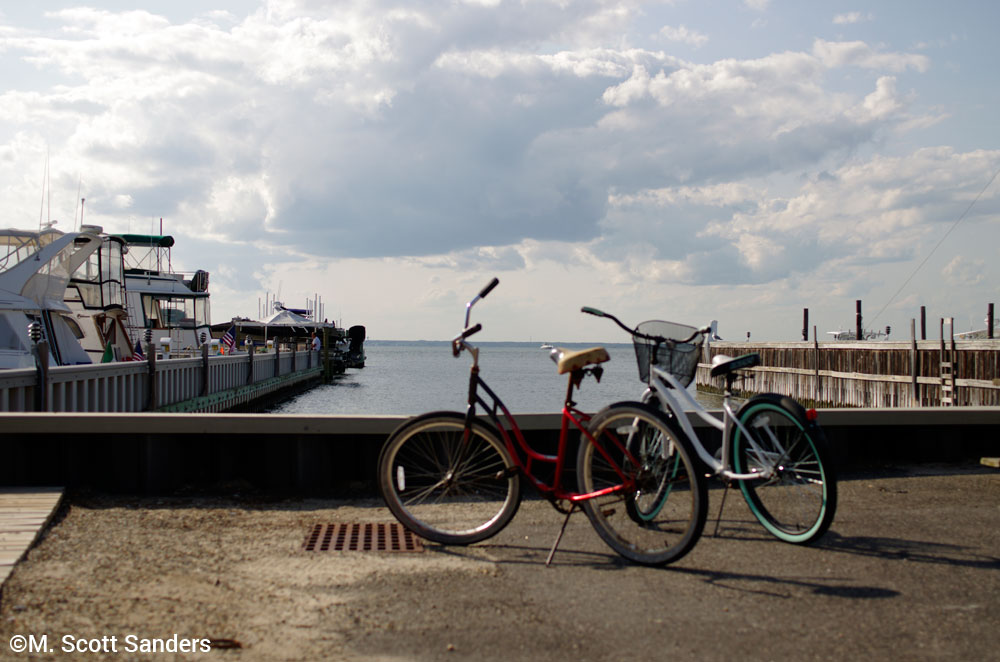
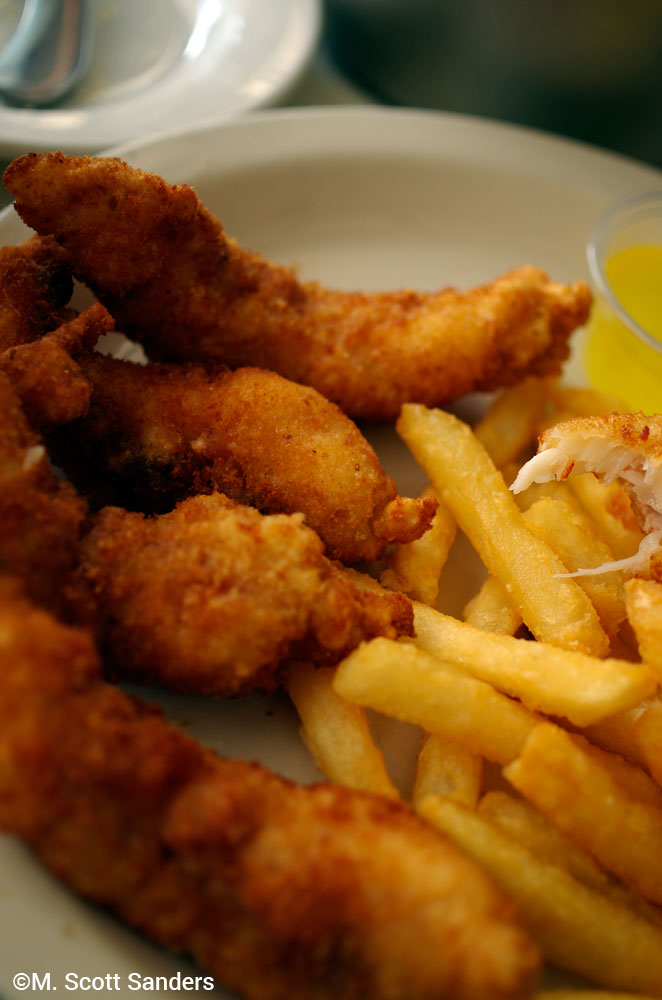

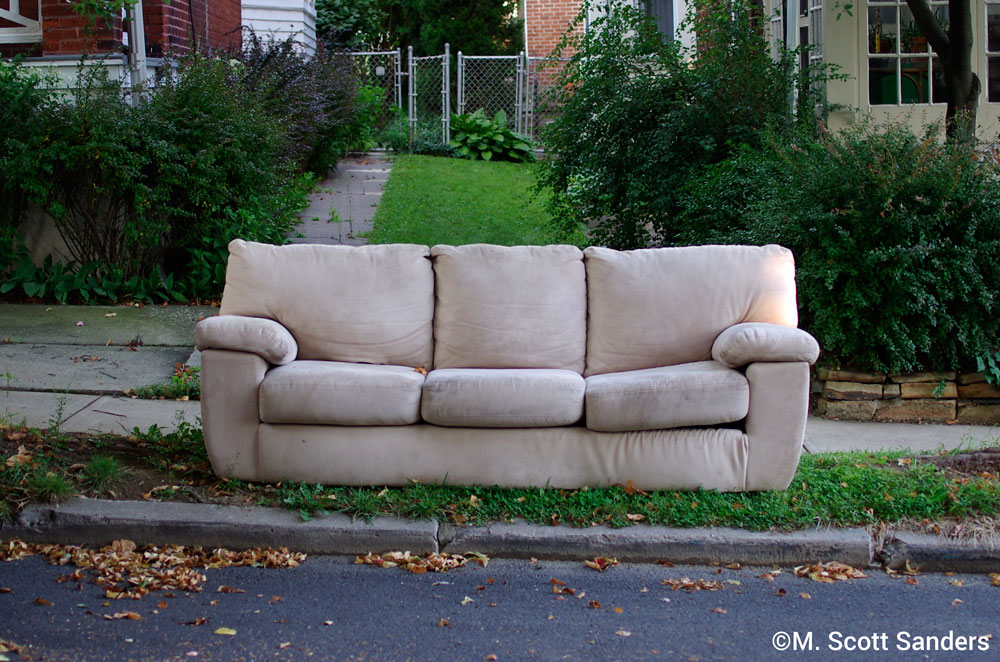
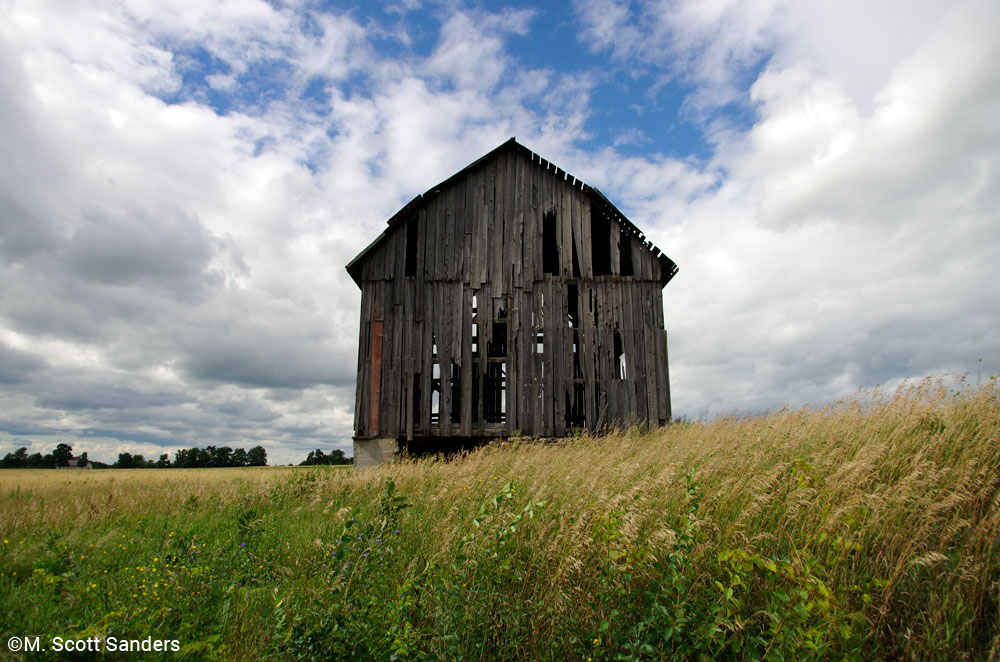
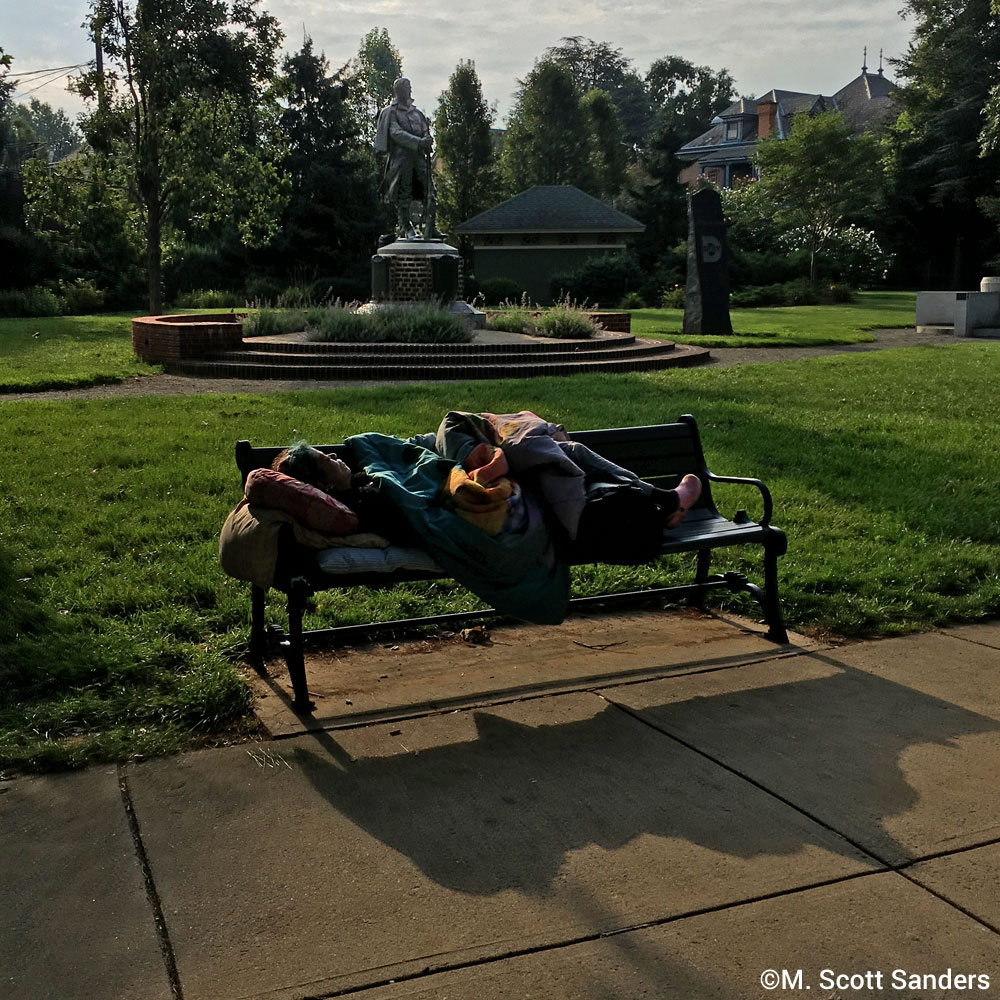
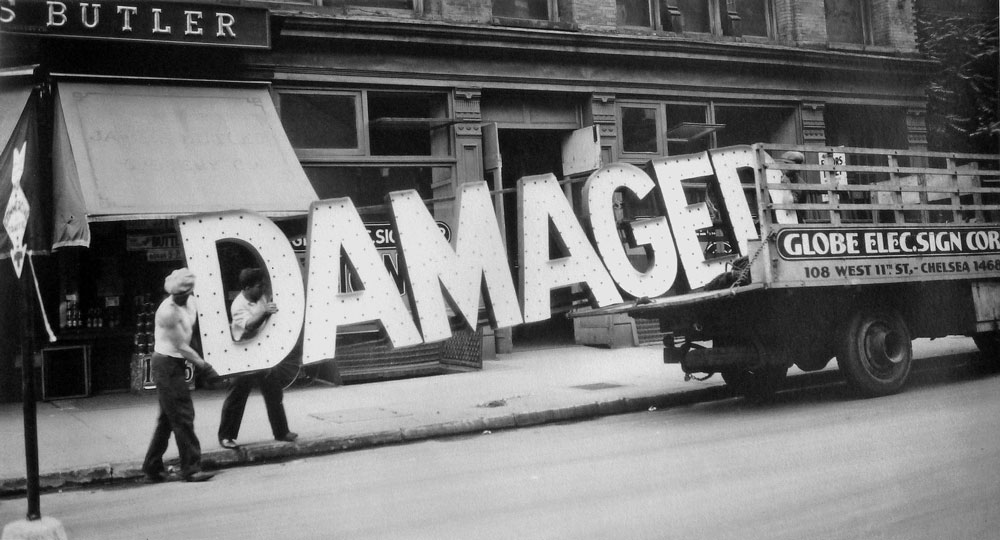
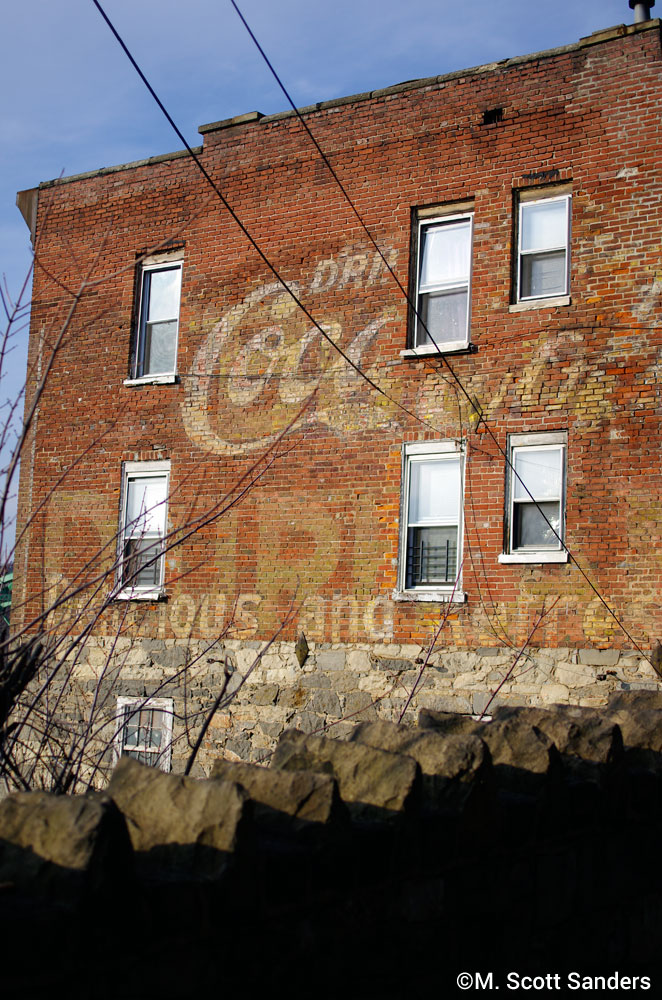 1. Signs (naturally). Neon, old, broken, ghost signs, evidence of the past.
1. Signs (naturally). Neon, old, broken, ghost signs, evidence of the past.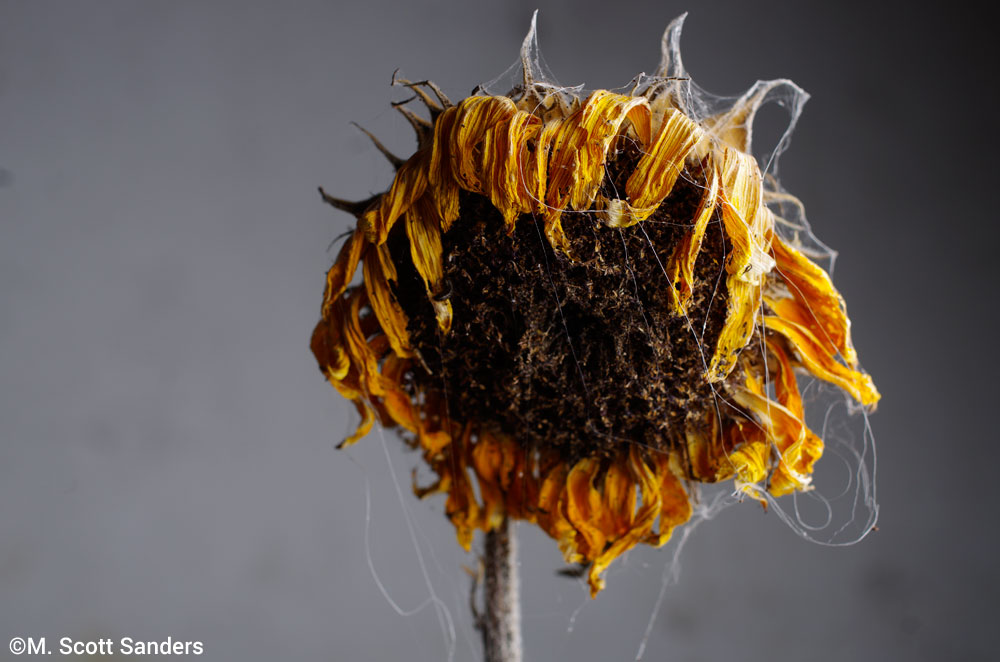 2. Flowers. Dead or alive.
2. Flowers. Dead or alive.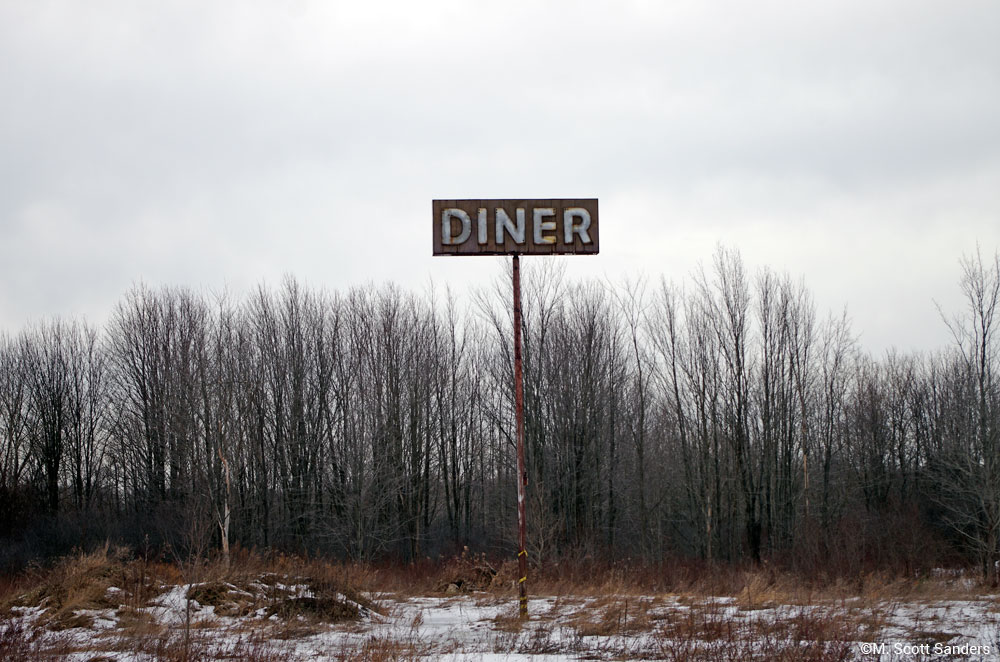
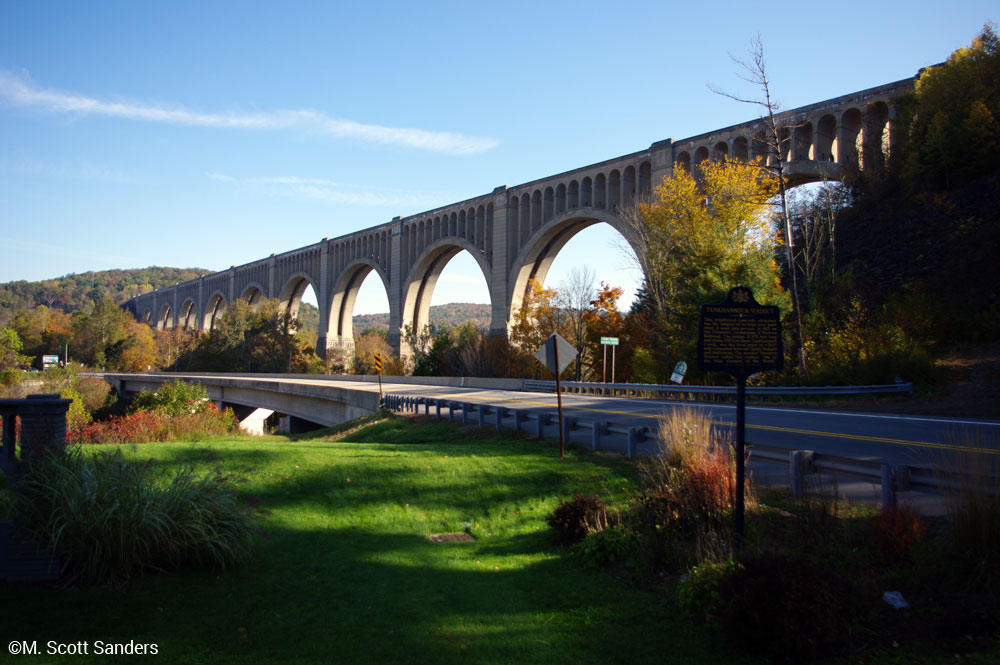
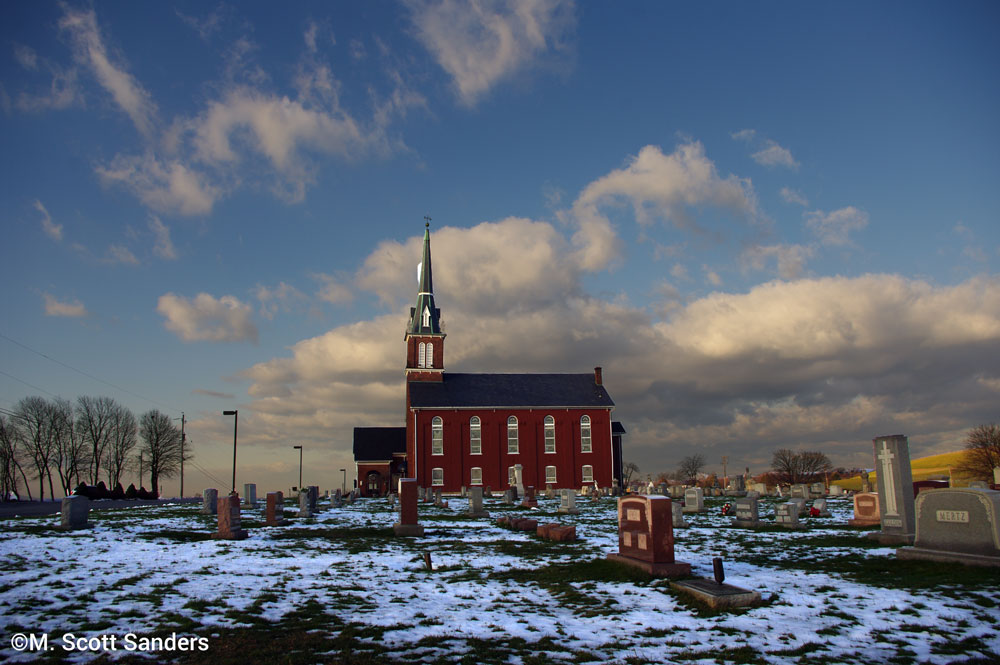
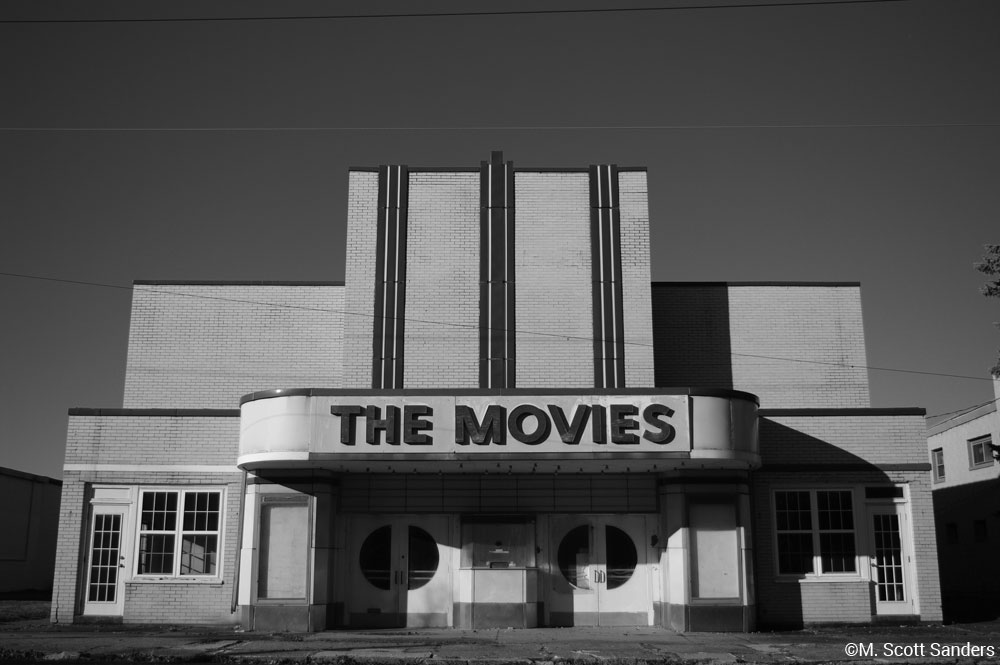
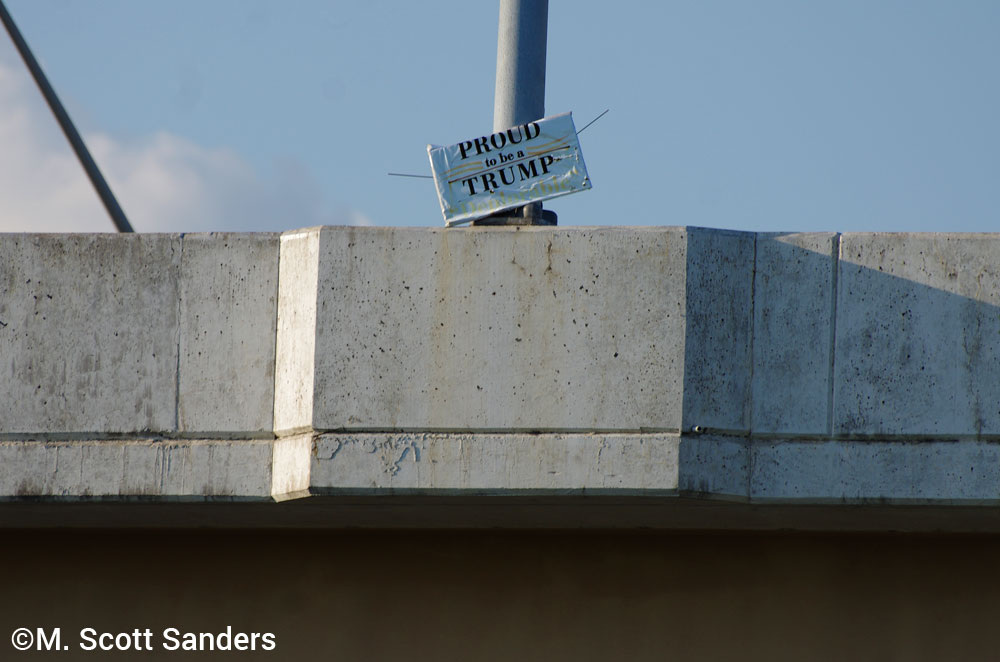
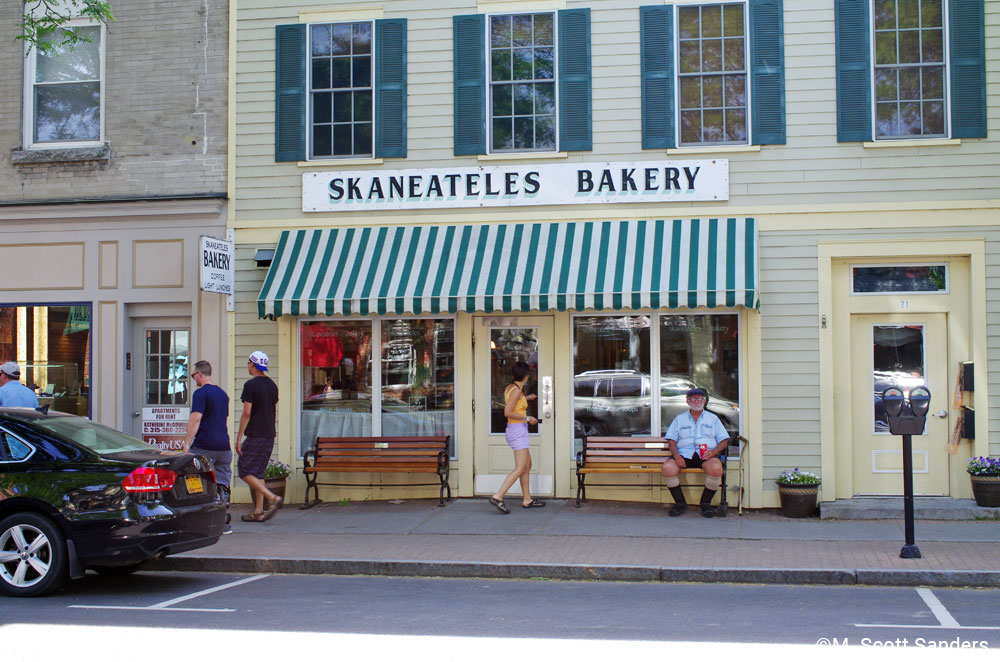
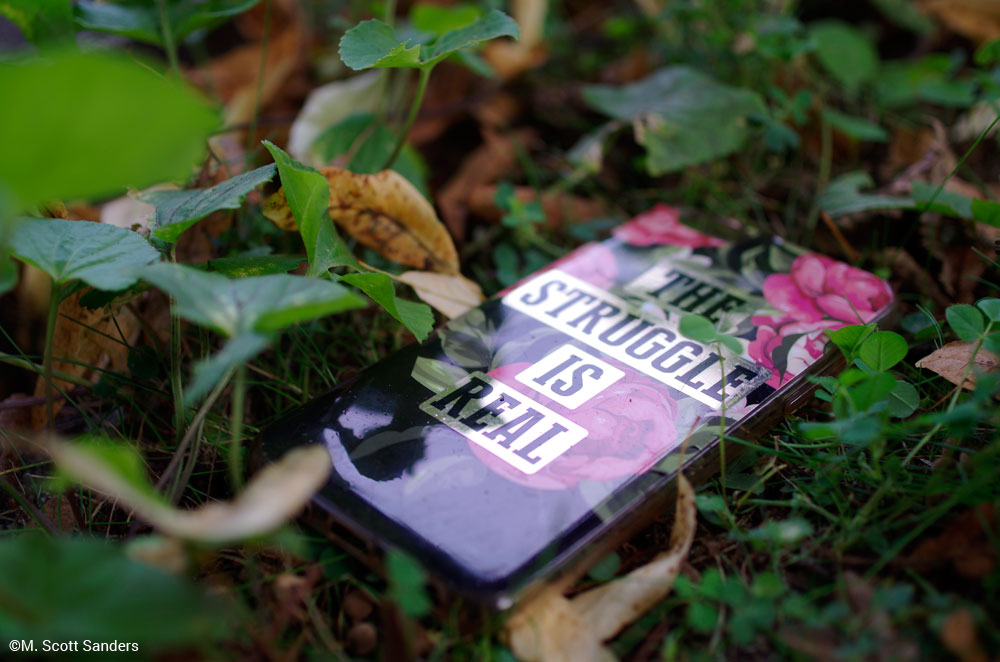

 Behold, the pincushion protea. They had two of them, and it didn’t take a second for me to decide that this would be my next subject. I saw the hearty stems, the strange, unearthly center and the curly tendrils on the outside, and I was entranced. This one pictured above also had these wonderful ribbon-like portions woven through it. I couldn’t wait to see what results this would bring.
Behold, the pincushion protea. They had two of them, and it didn’t take a second for me to decide that this would be my next subject. I saw the hearty stems, the strange, unearthly center and the curly tendrils on the outside, and I was entranced. This one pictured above also had these wonderful ribbon-like portions woven through it. I couldn’t wait to see what results this would bring.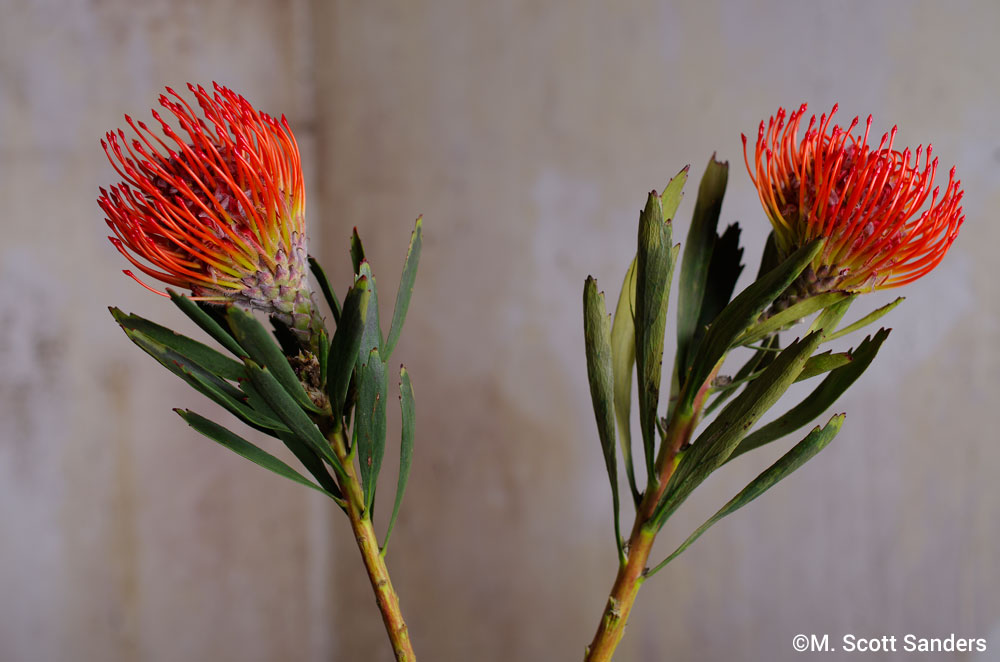 At the nursery, the woman who checked us out lamented, “I love these. We don’t get them in that often. Unfortunately, they don’t last.”
At the nursery, the woman who checked us out lamented, “I love these. We don’t get them in that often. Unfortunately, they don’t last.”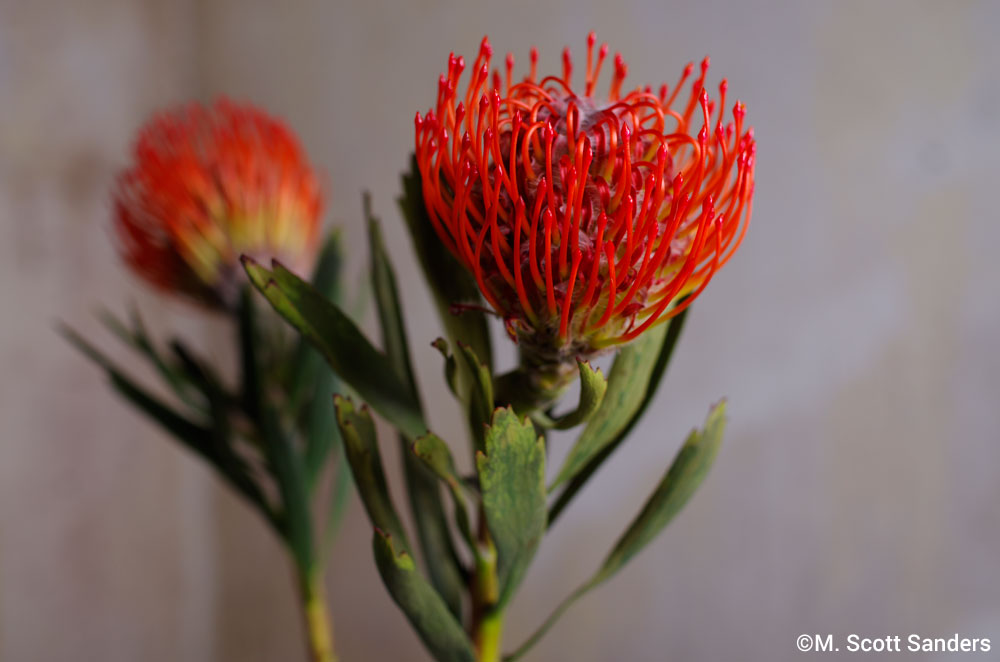 I took this shot on day 1, and I loved the look of it, the almost mirror-like effect. So much so, I decided that for these flowers, I would shoot a similar shot during each session.
I took this shot on day 1, and I loved the look of it, the almost mirror-like effect. So much so, I decided that for these flowers, I would shoot a similar shot during each session.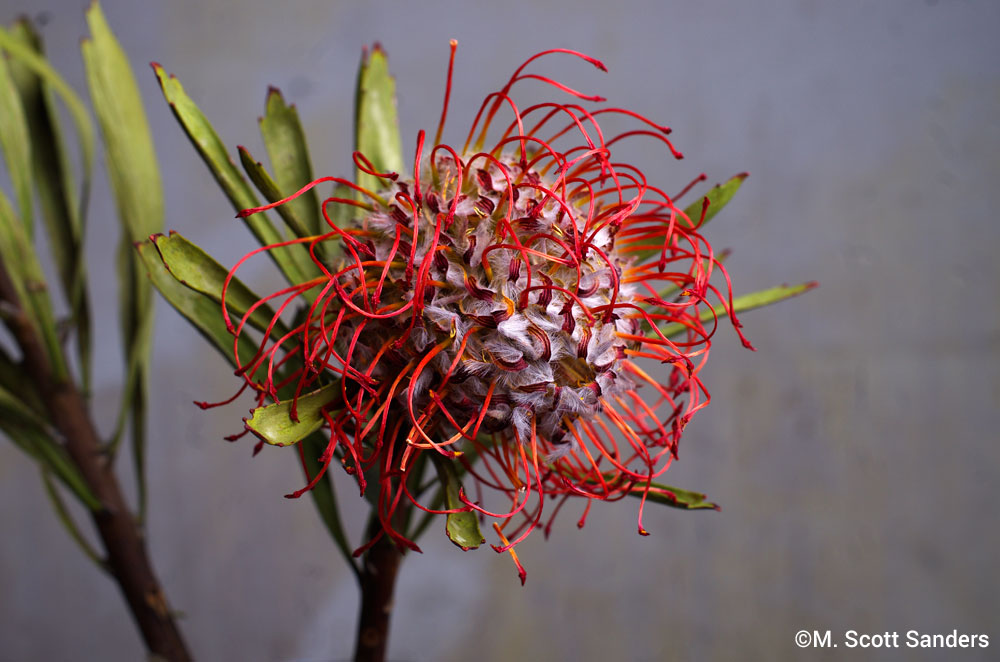 The color had faded and the head had dropped. The beautiful extensions had become disorganized, like unruly hair. I was a bit concerned that the entire flower might just snap off, but it held firm. I carried on with the matching mirror shot—an amazing difference between the two.
The color had faded and the head had dropped. The beautiful extensions had become disorganized, like unruly hair. I was a bit concerned that the entire flower might just snap off, but it held firm. I carried on with the matching mirror shot—an amazing difference between the two.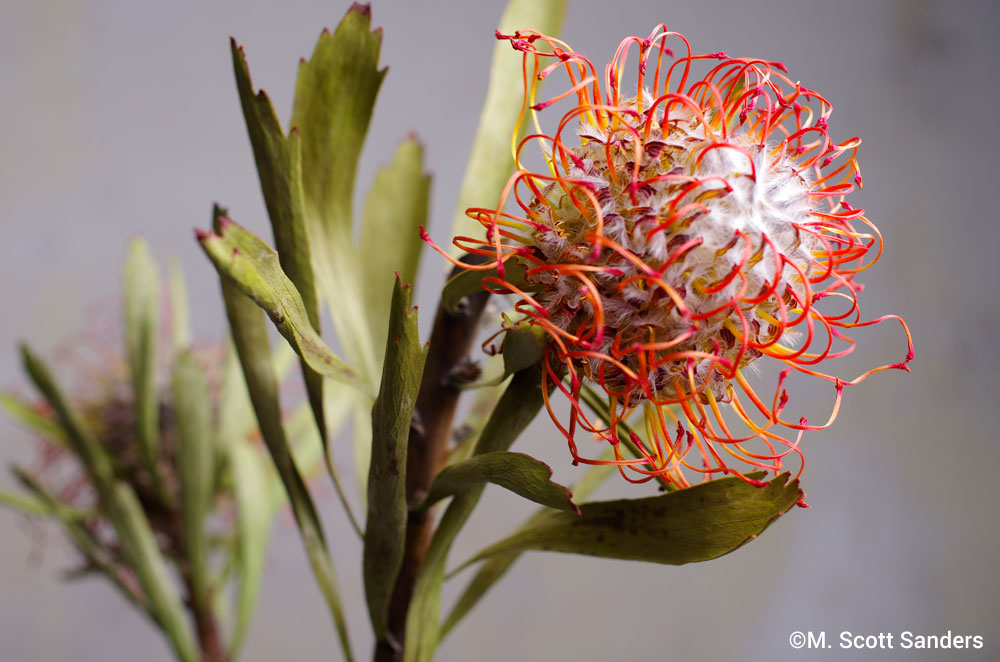 I continued on through to day 10 with the proteas. I might have continued further, but the fact was, they had already become what they were to become.
I continued on through to day 10 with the proteas. I might have continued further, but the fact was, they had already become what they were to become.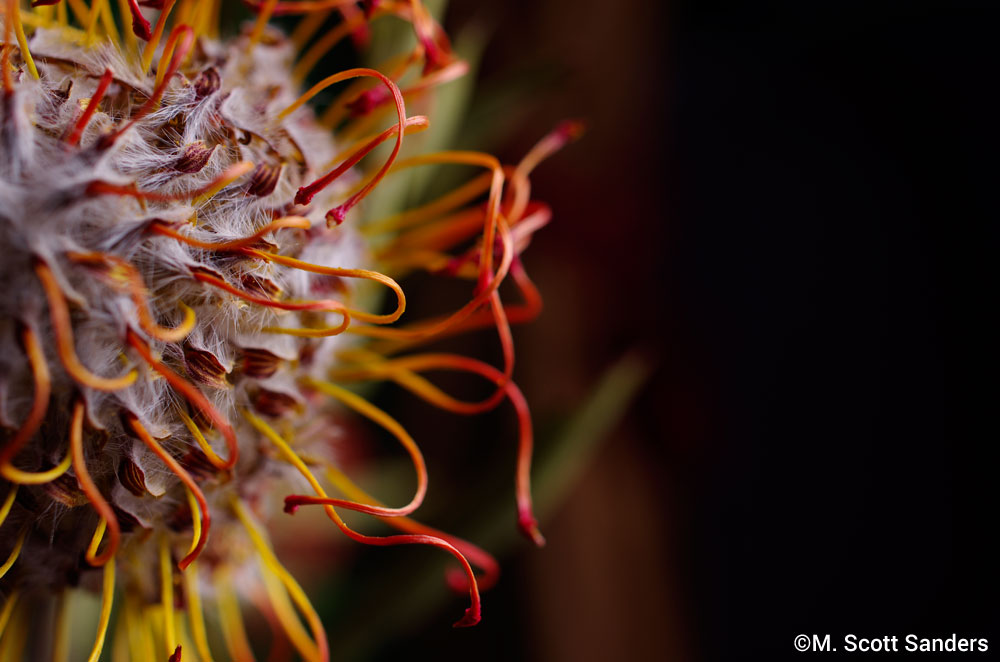
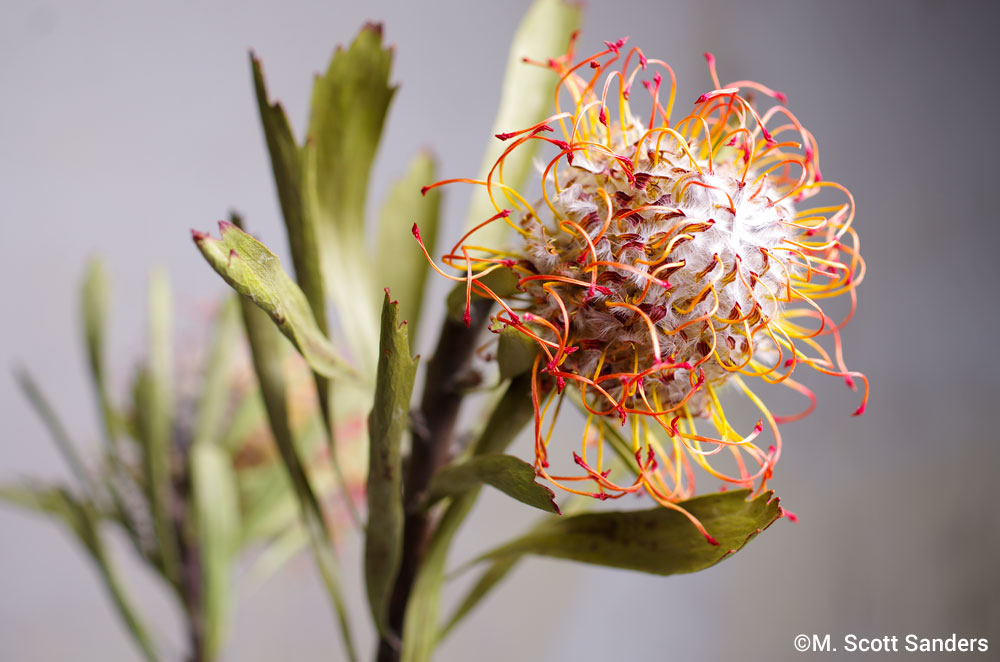


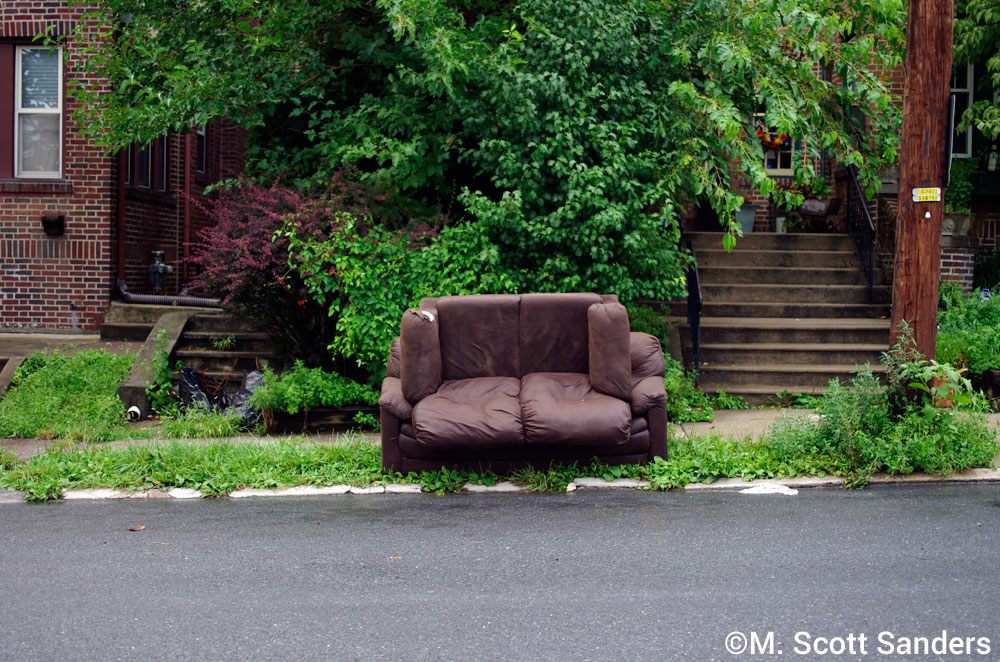
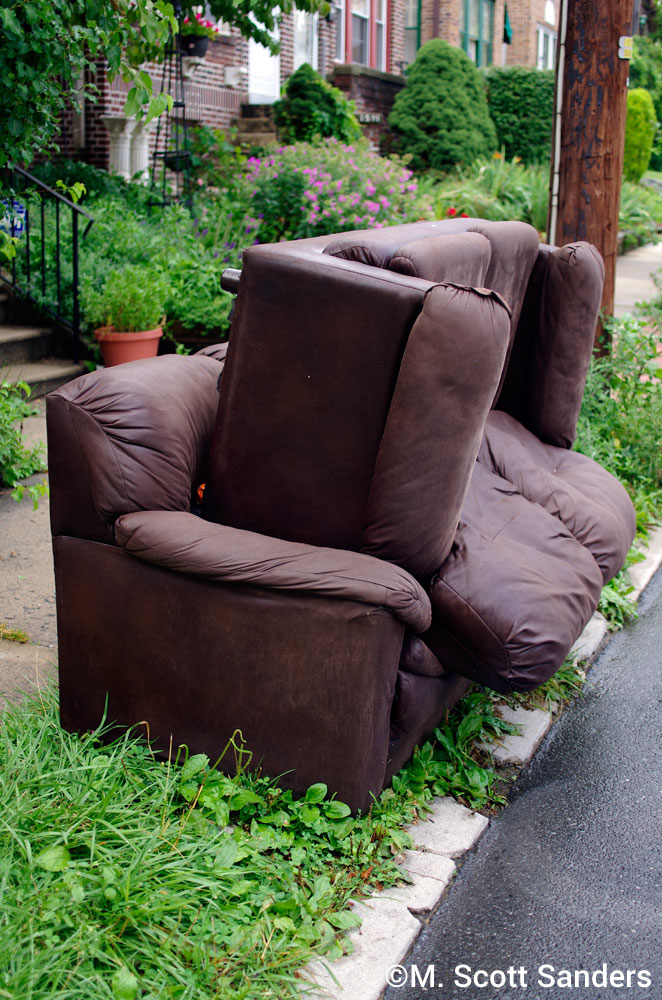 So, all tolled, we have had four sightings in The Season of the Couch. Stay tuned. I’ll probably find another one tomorrow.
So, all tolled, we have had four sightings in The Season of the Couch. Stay tuned. I’ll probably find another one tomorrow.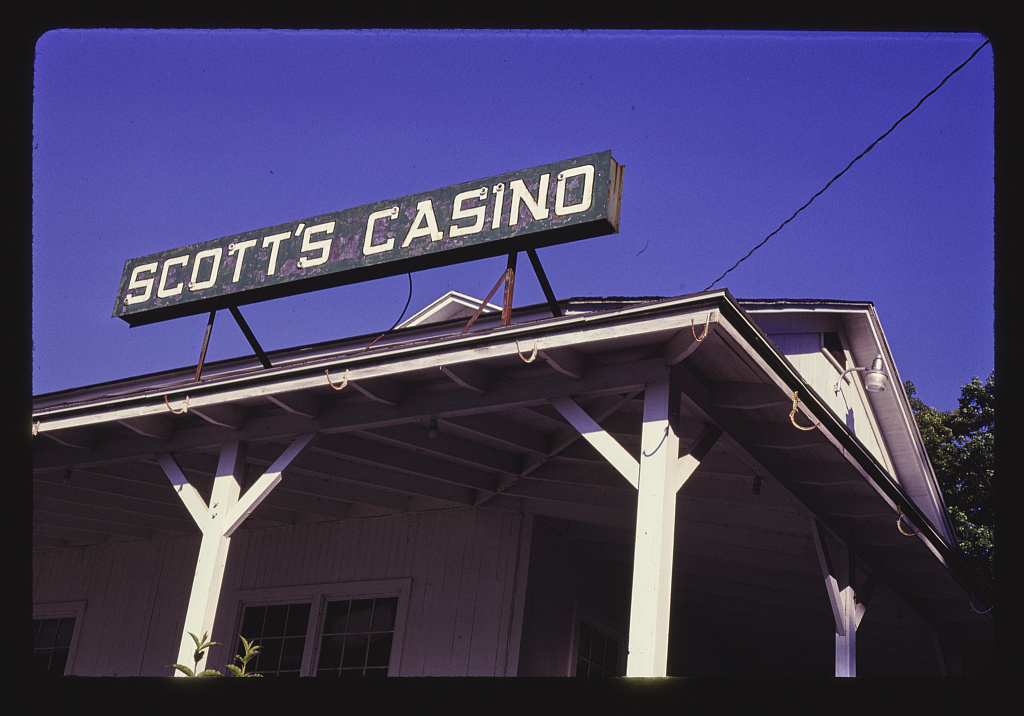
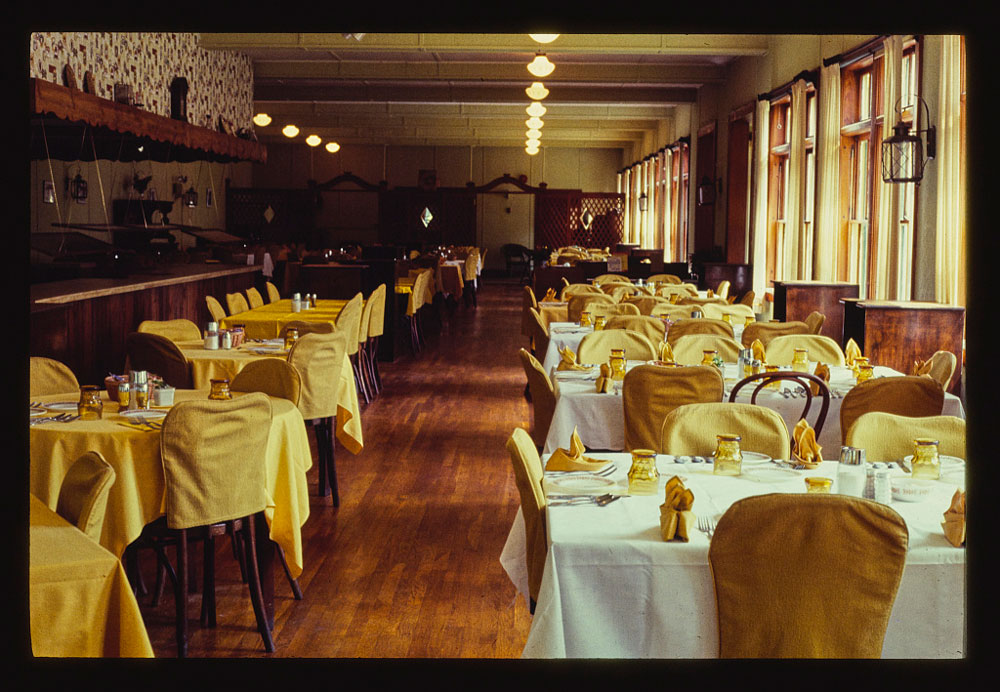
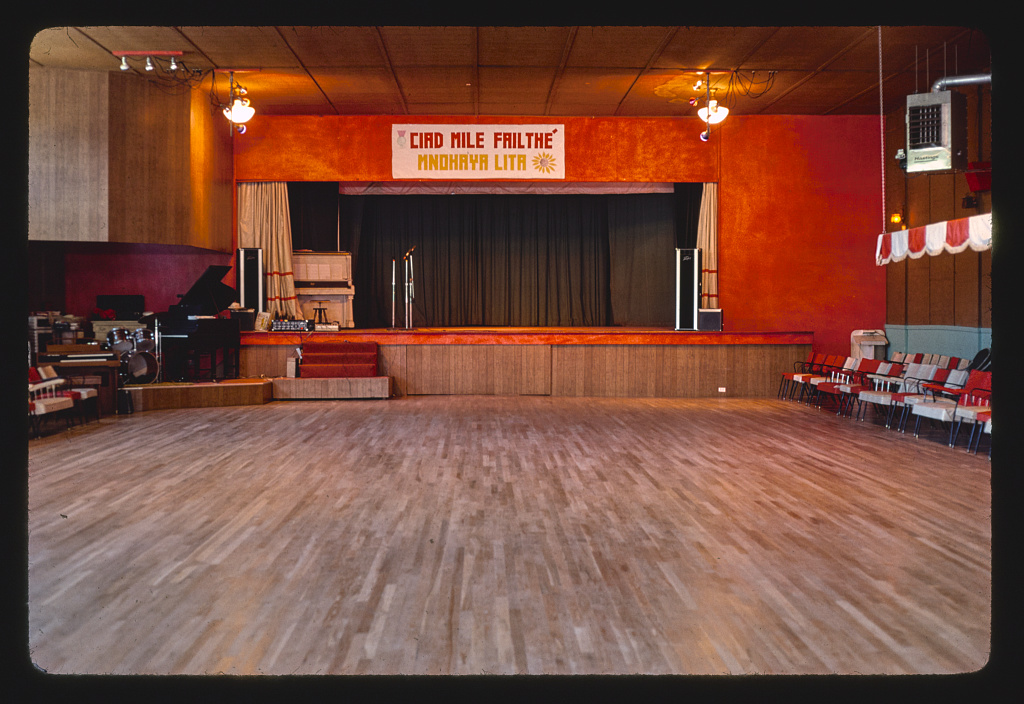
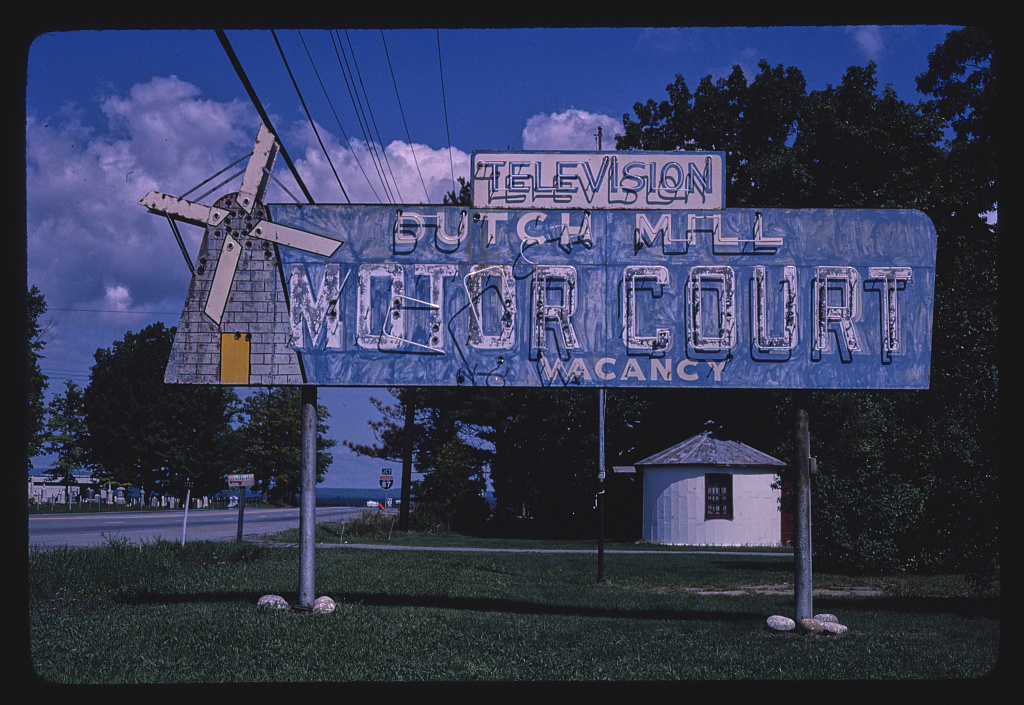
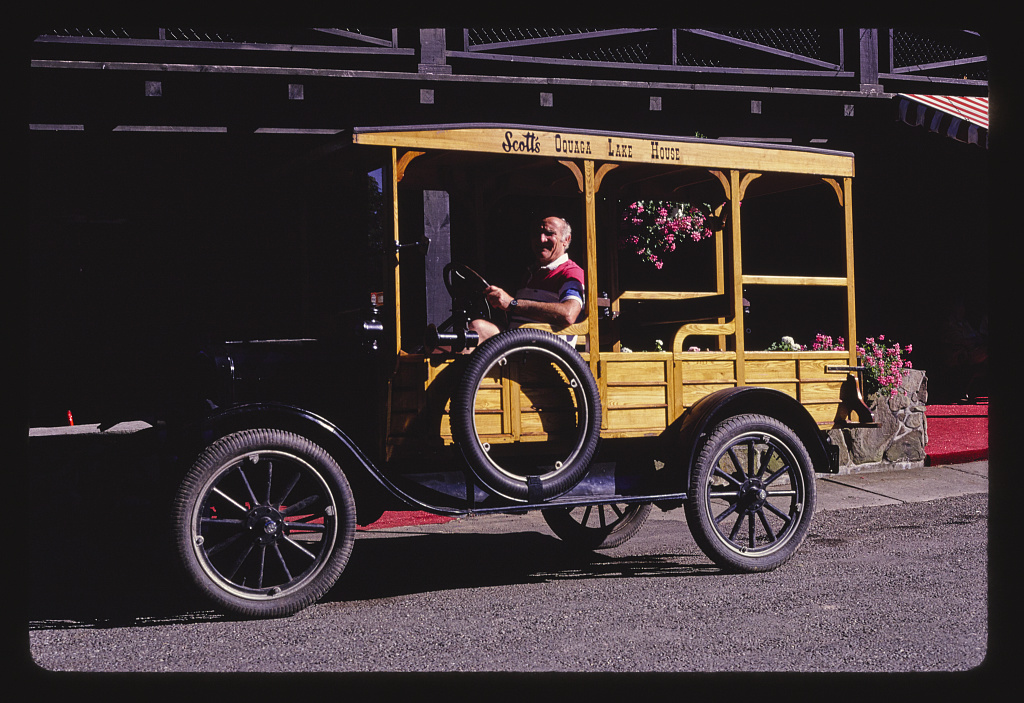
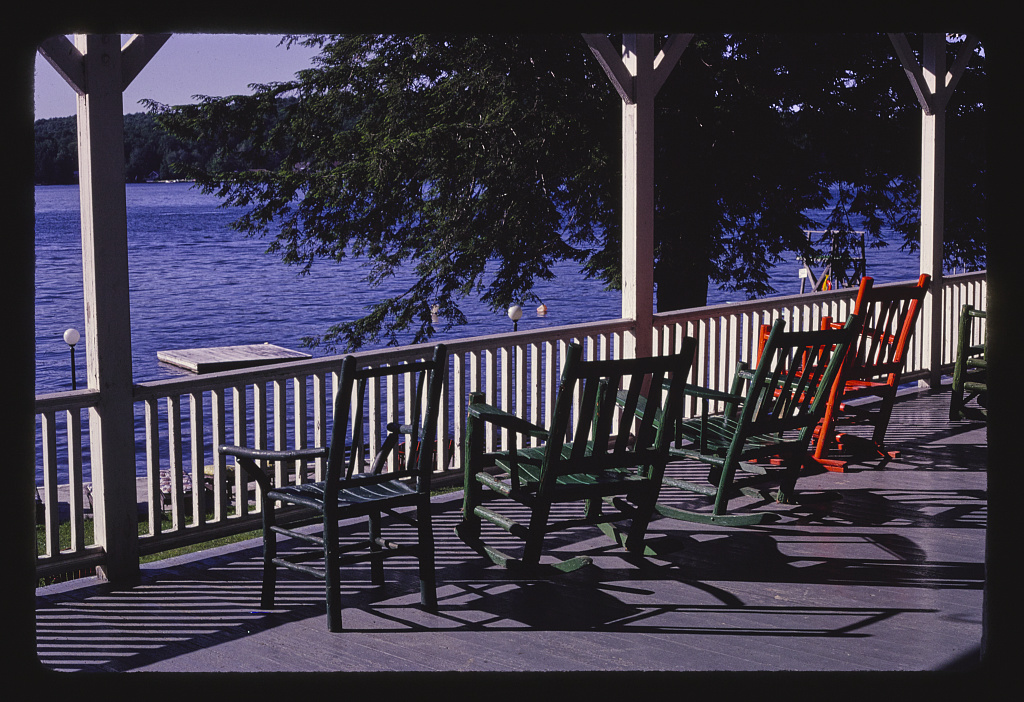
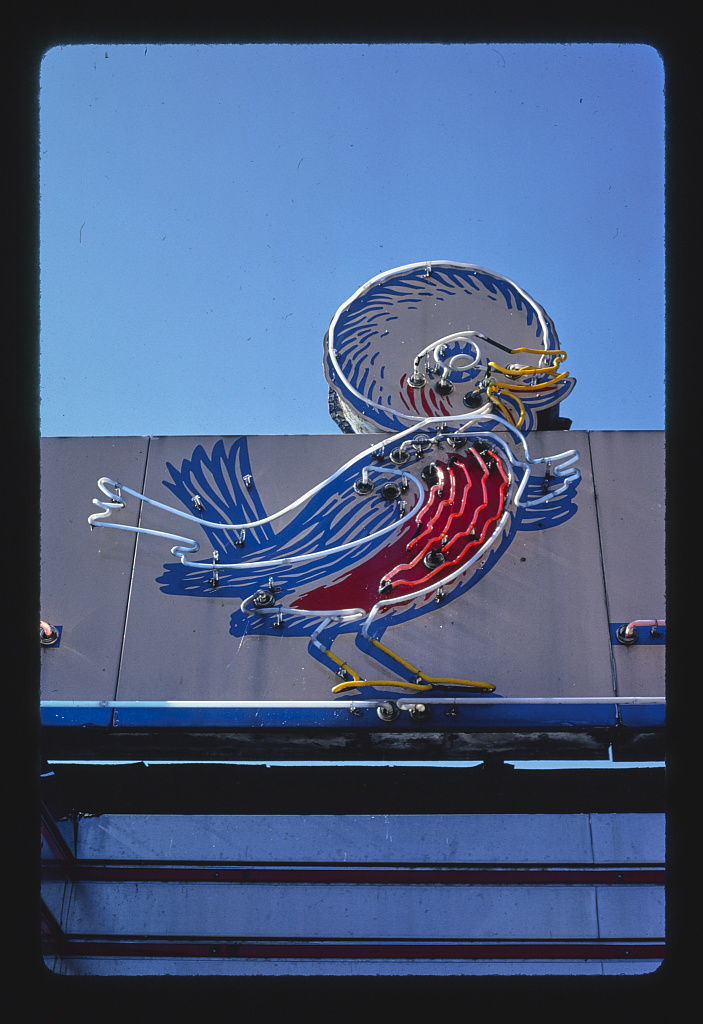
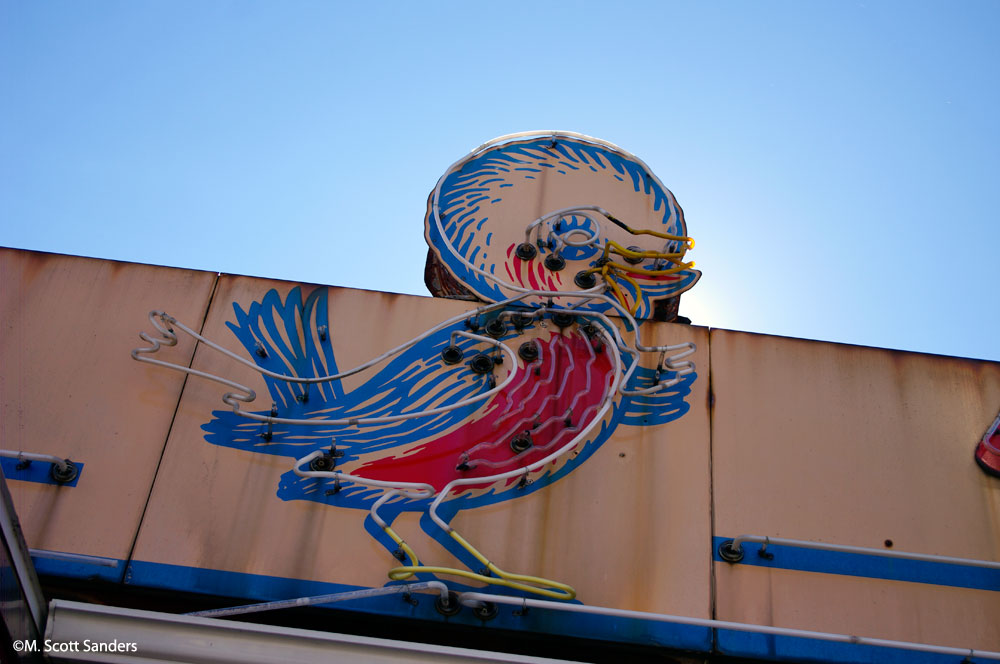
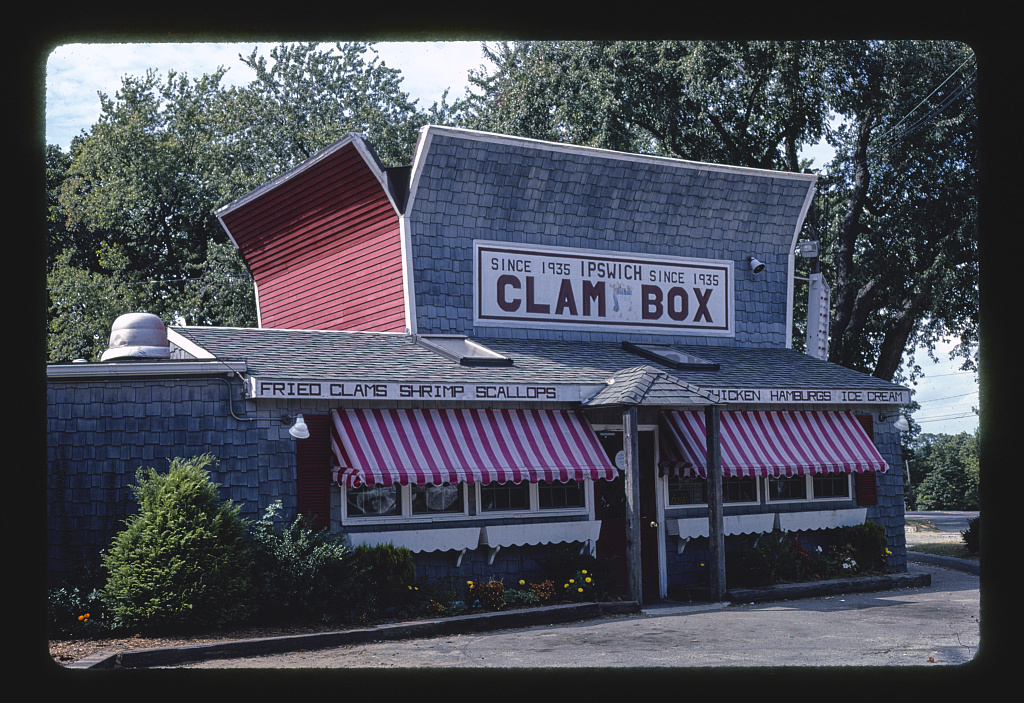
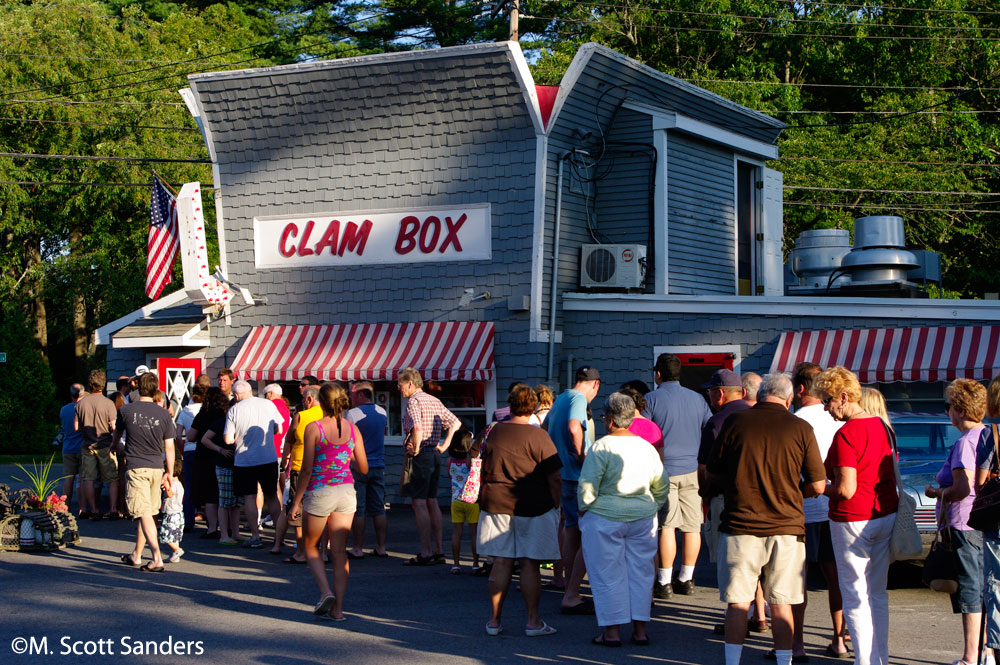 Schell’s in Temple, PA, north of Reading, has been a mainstay. When I saw his shot, I was sad and a little disappointed that the extra features on the sign no longer exist.
Schell’s in Temple, PA, north of Reading, has been a mainstay. When I saw his shot, I was sad and a little disappointed that the extra features on the sign no longer exist.
